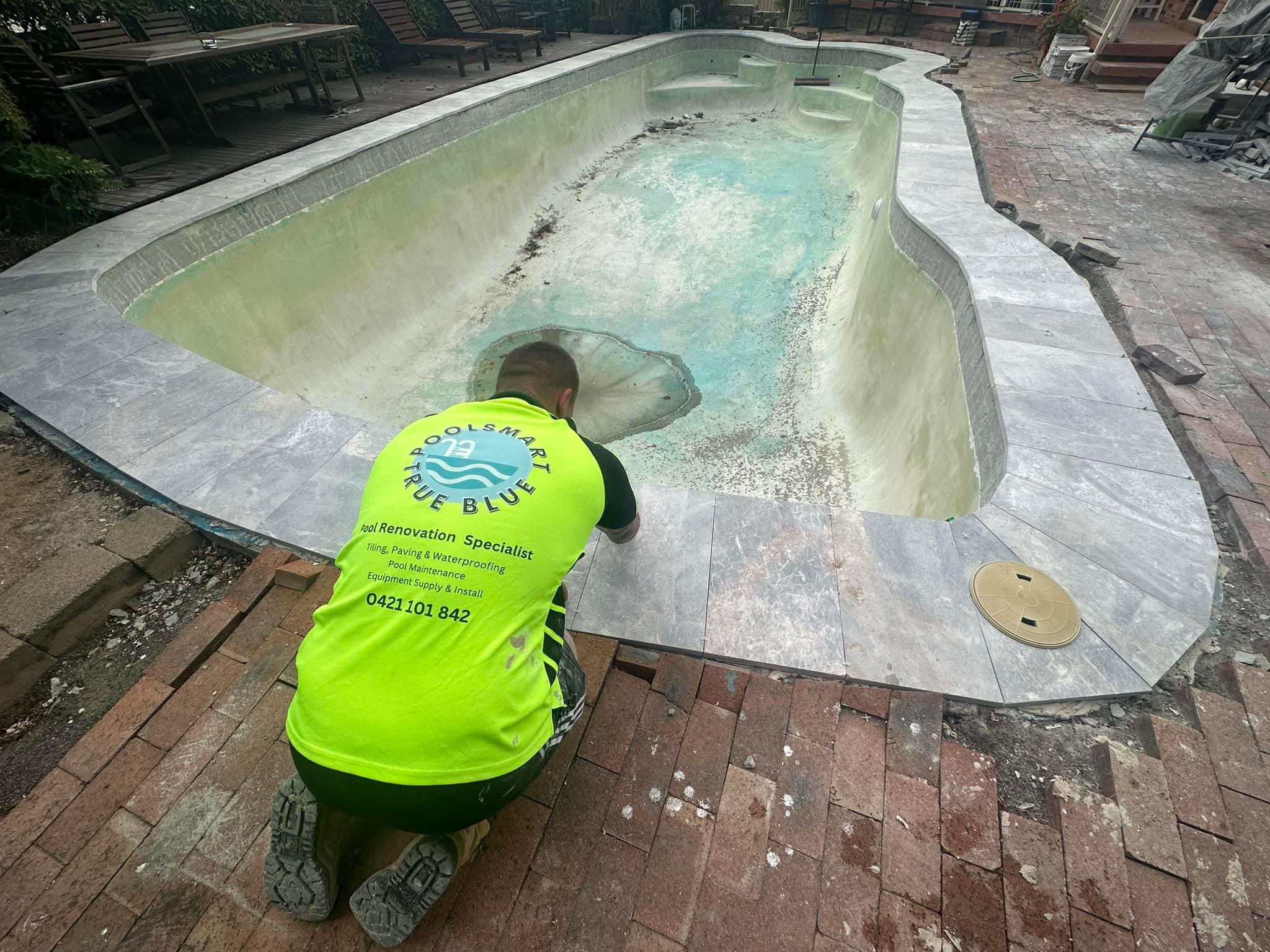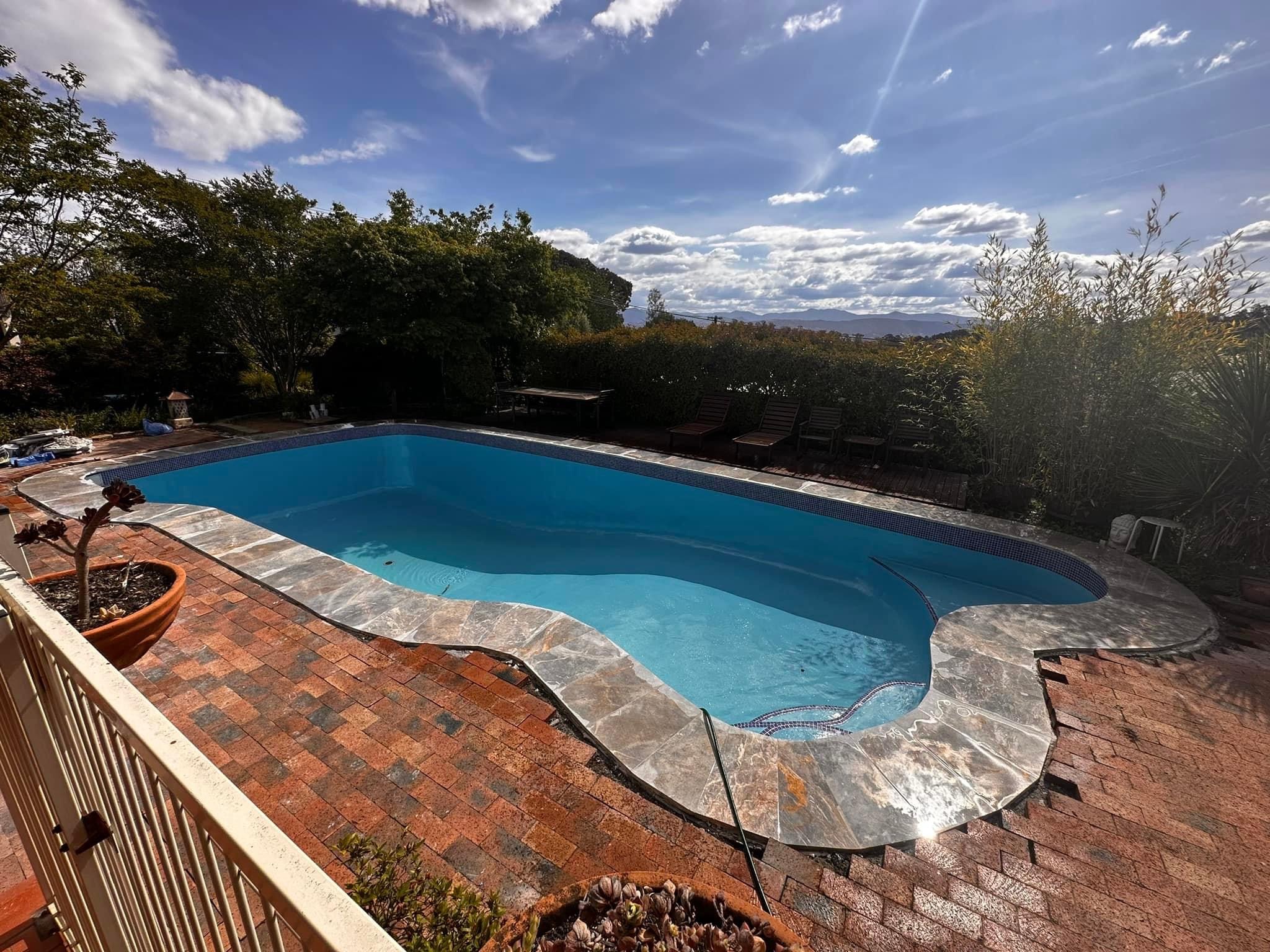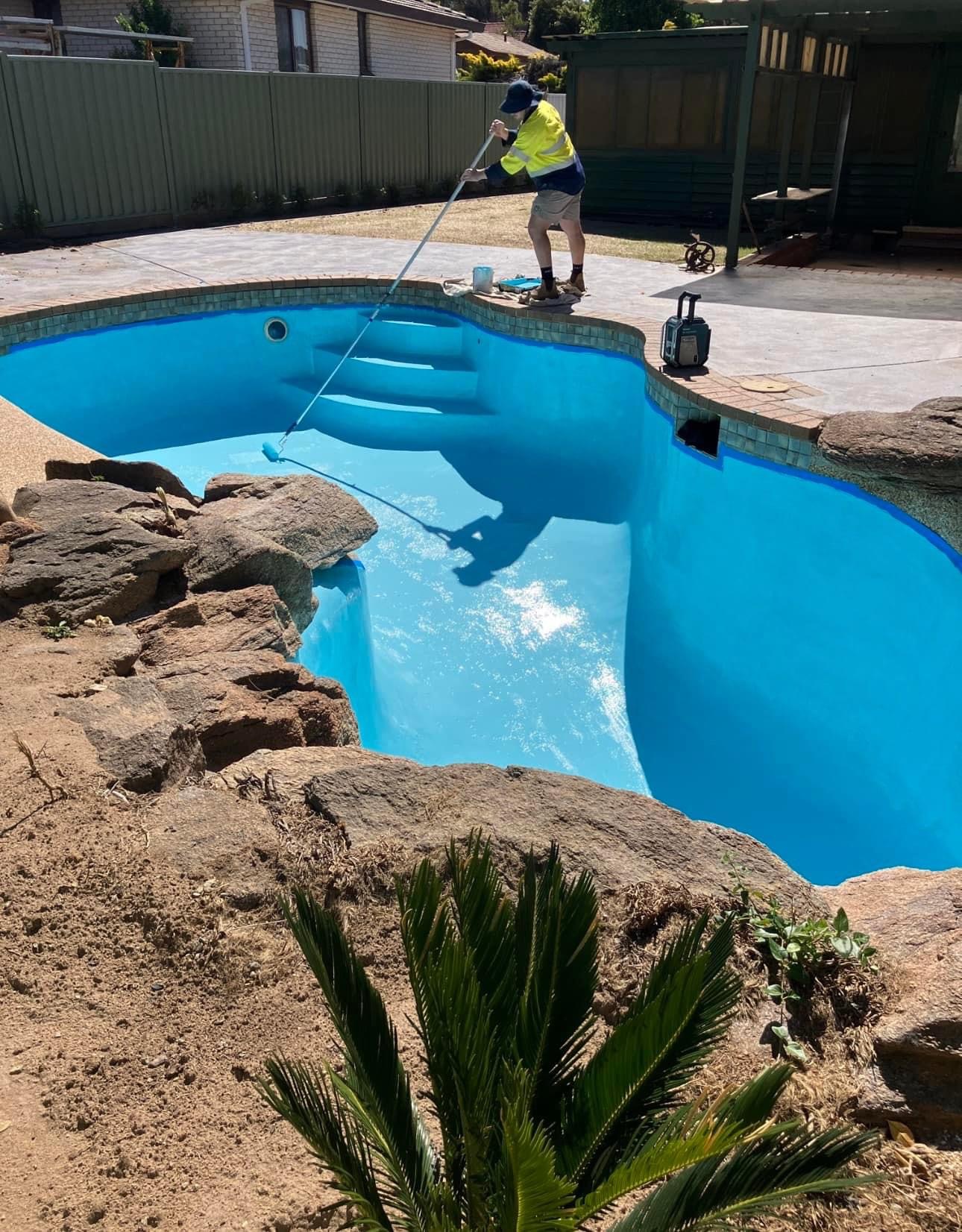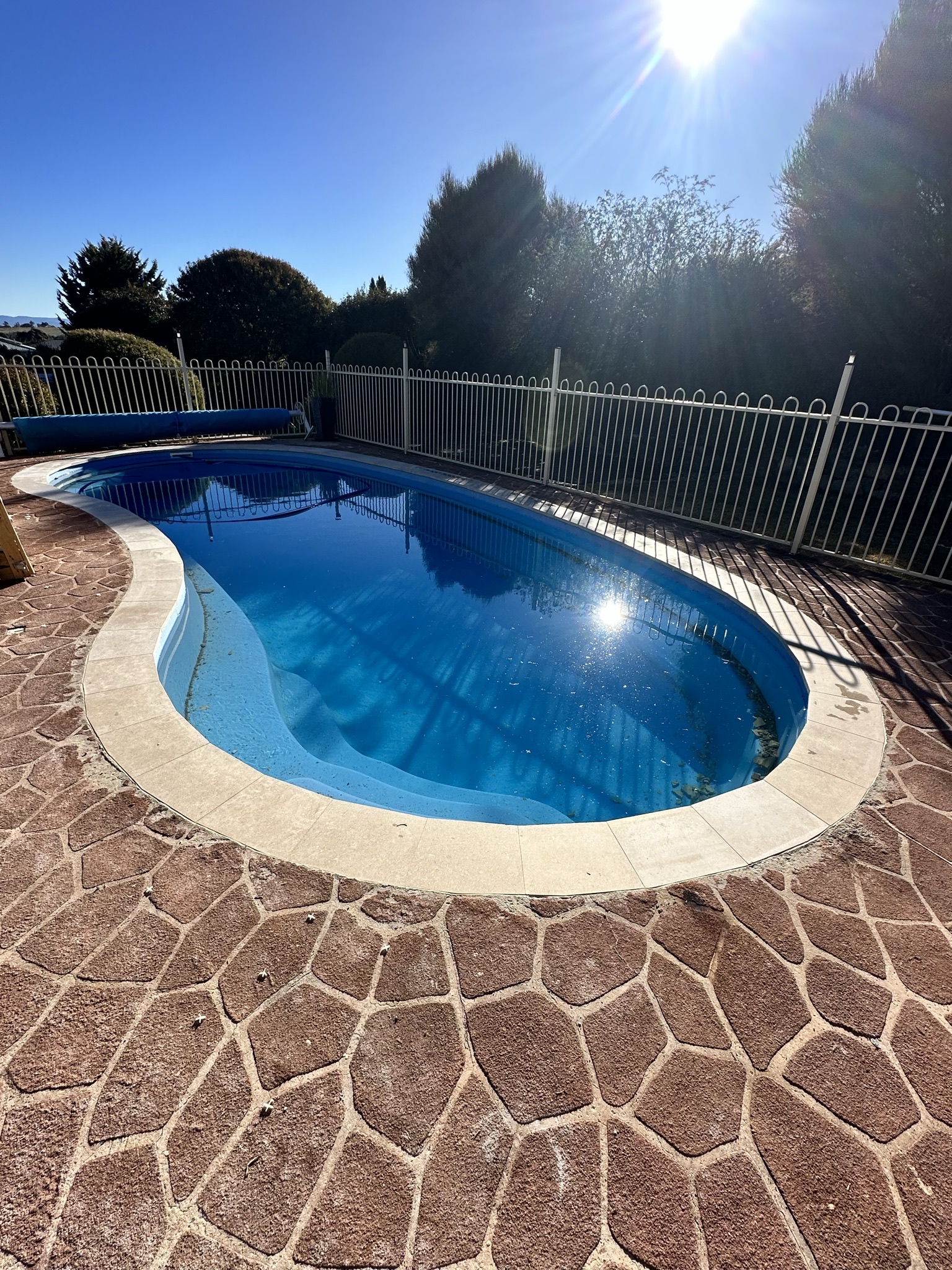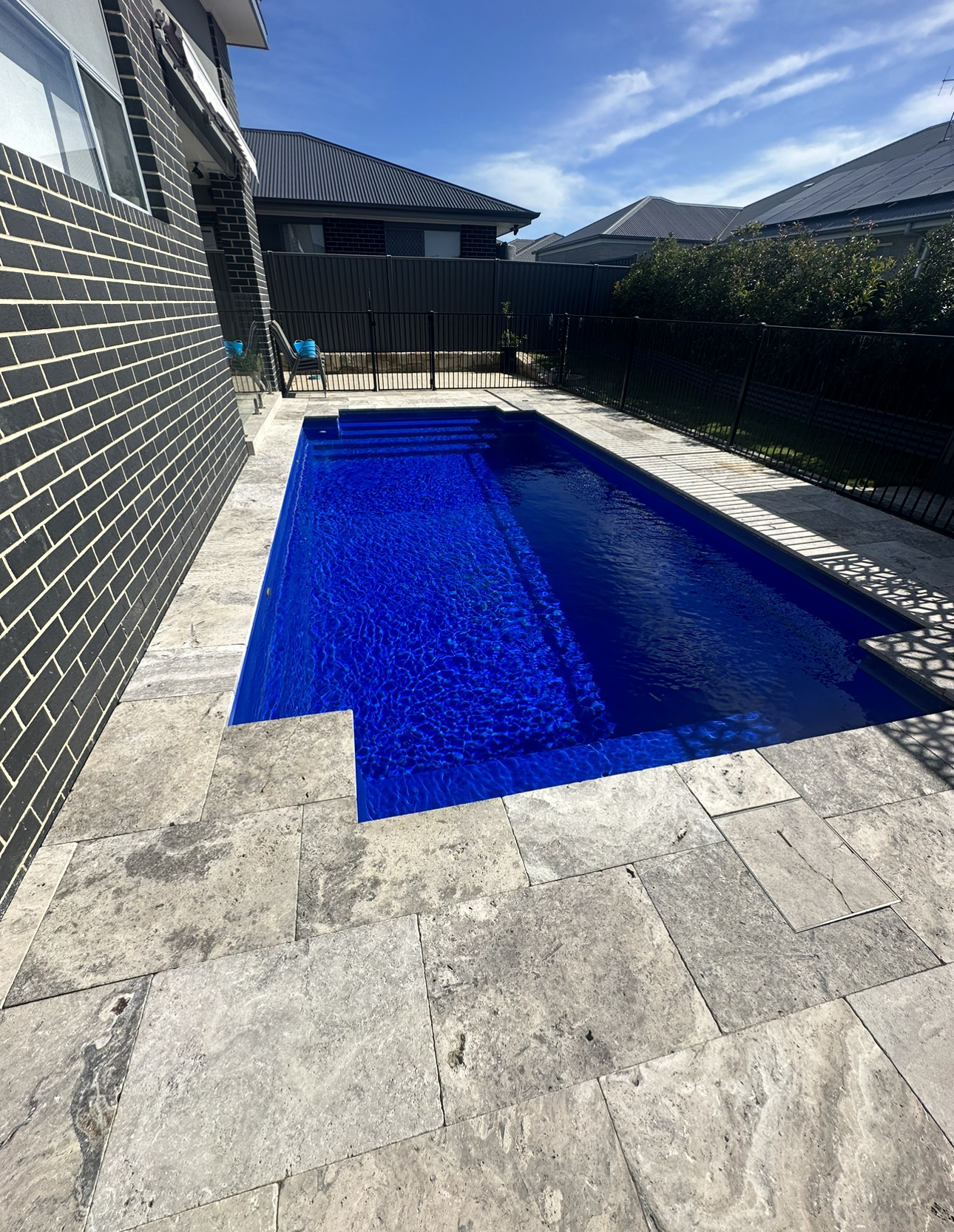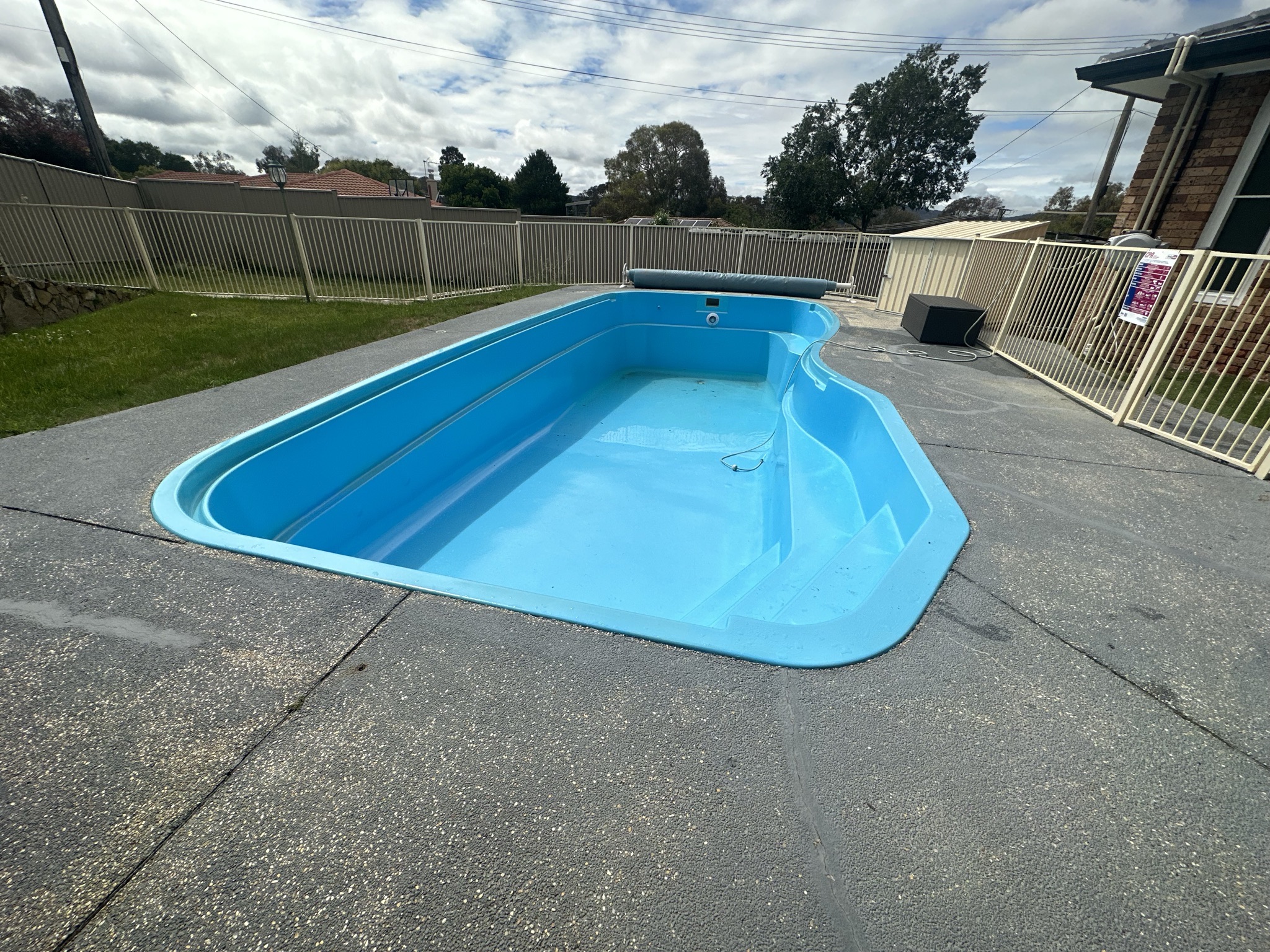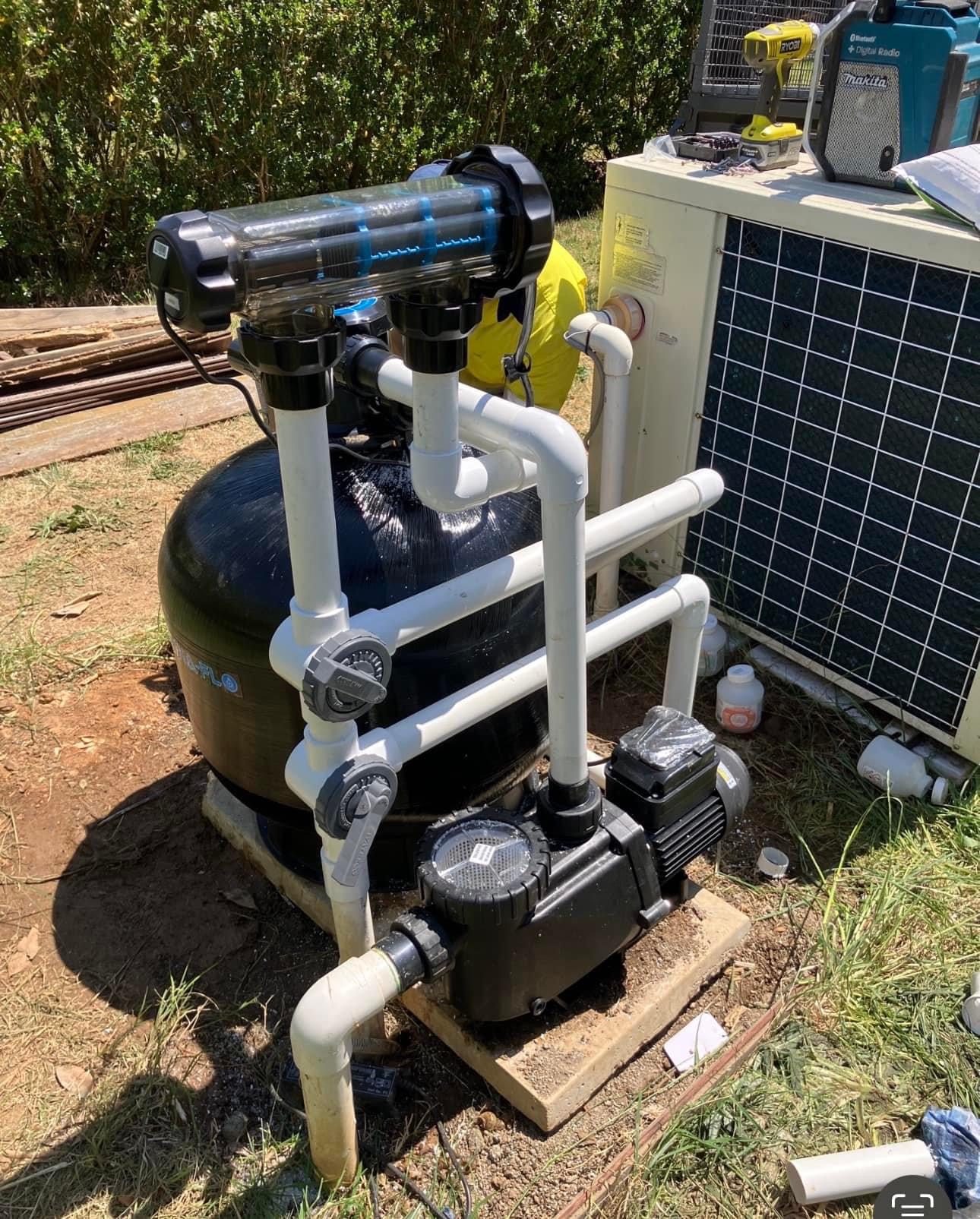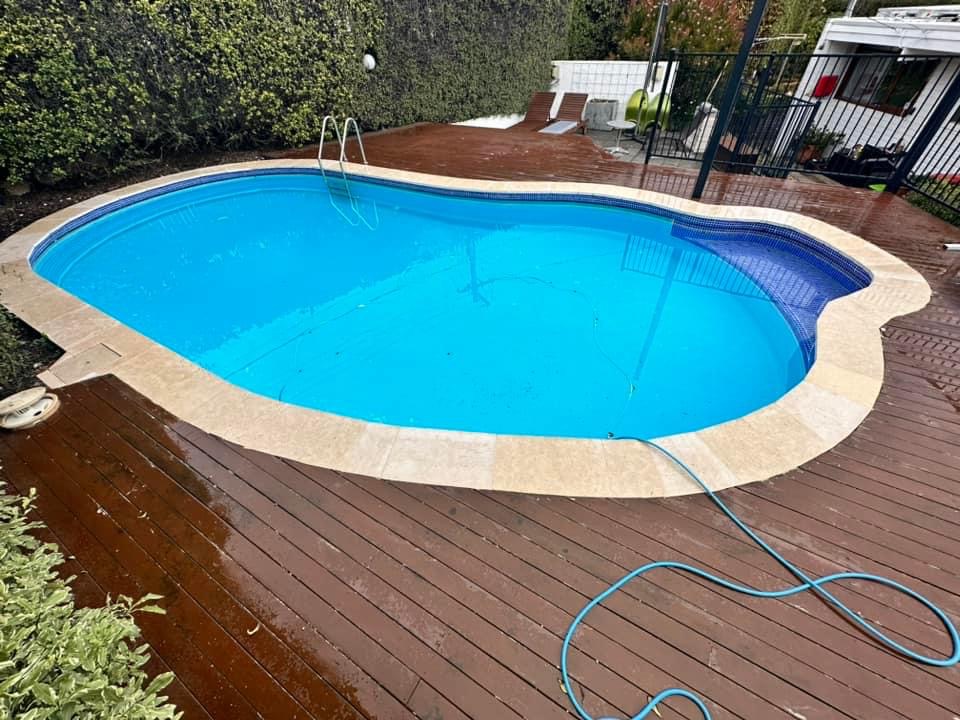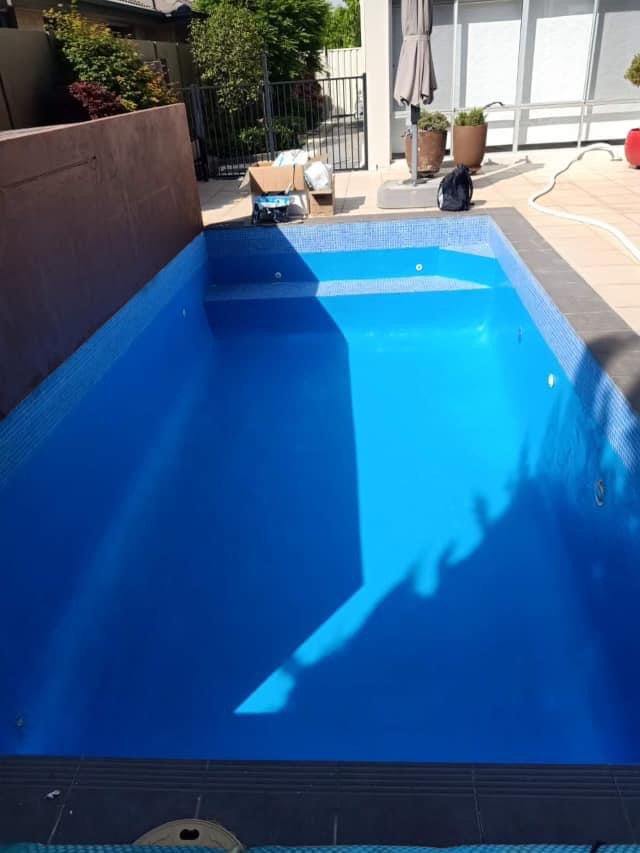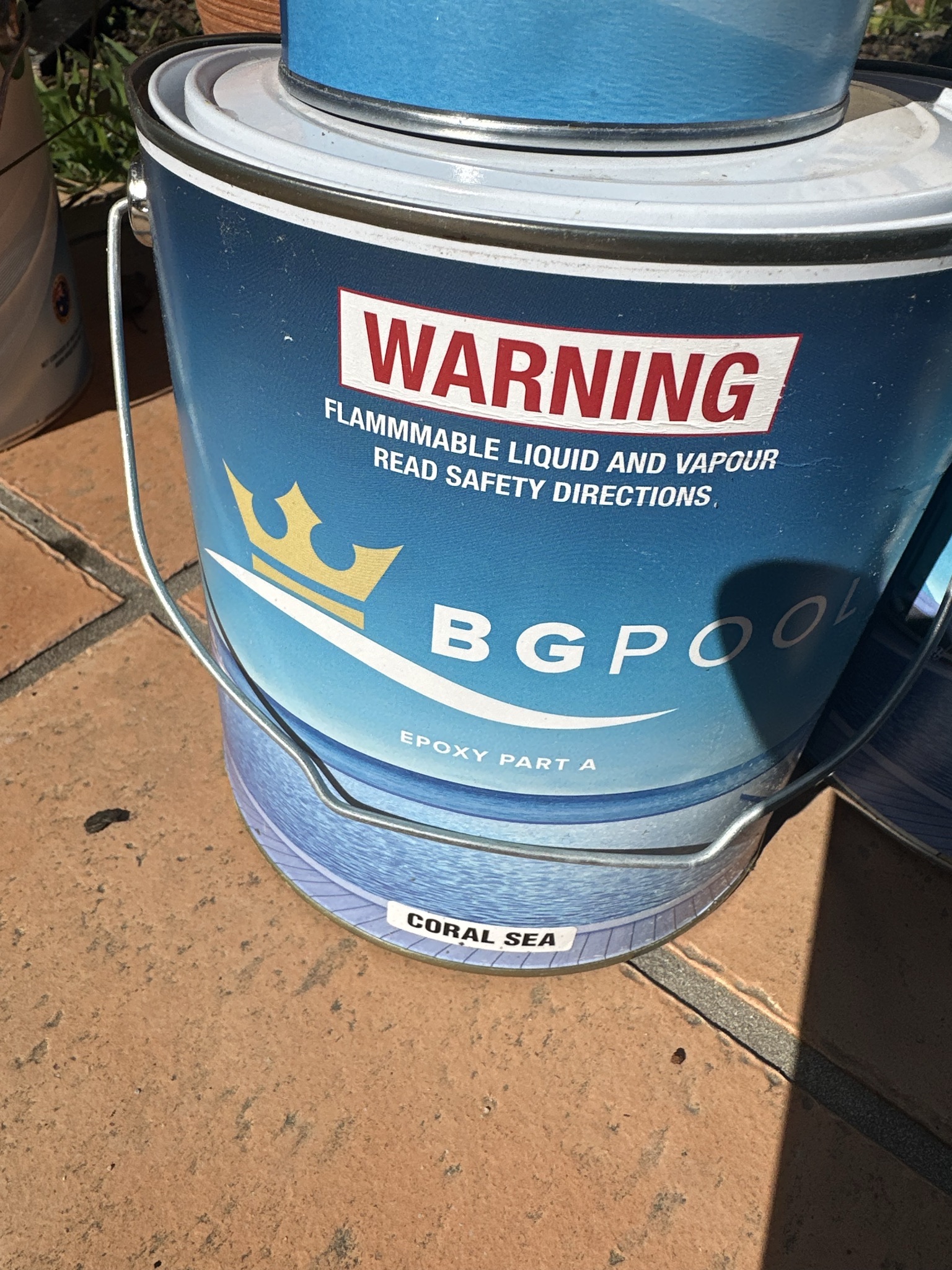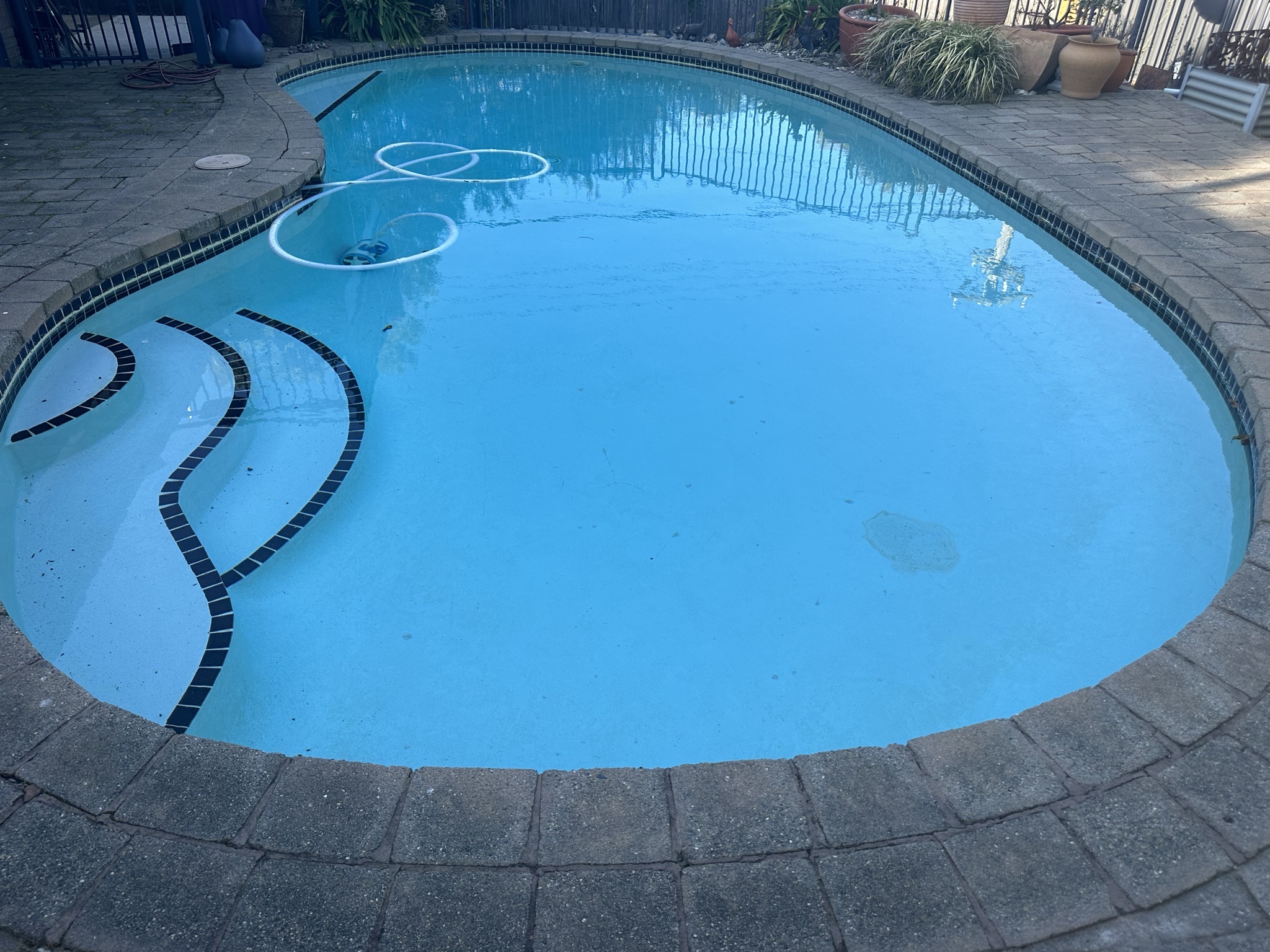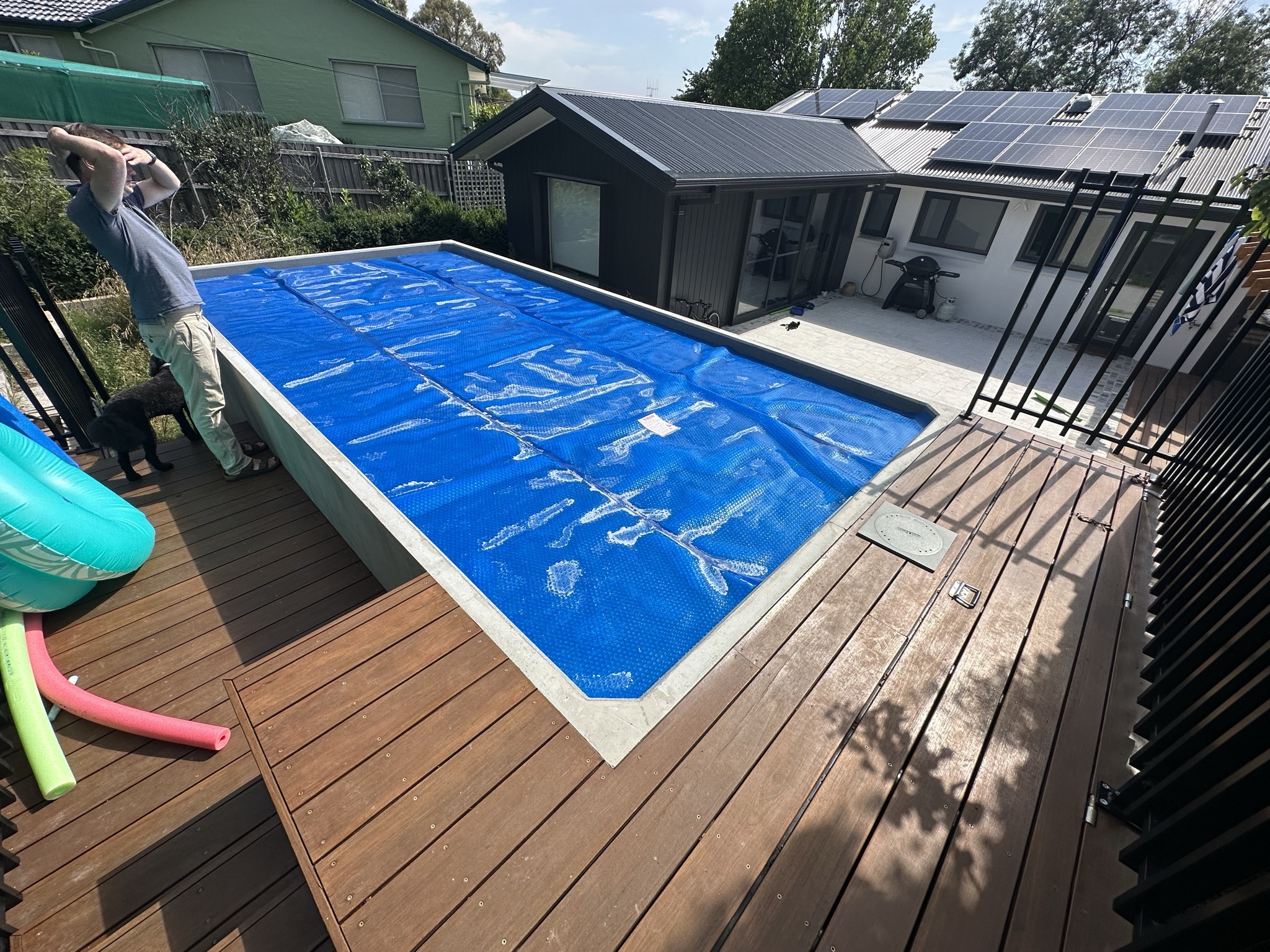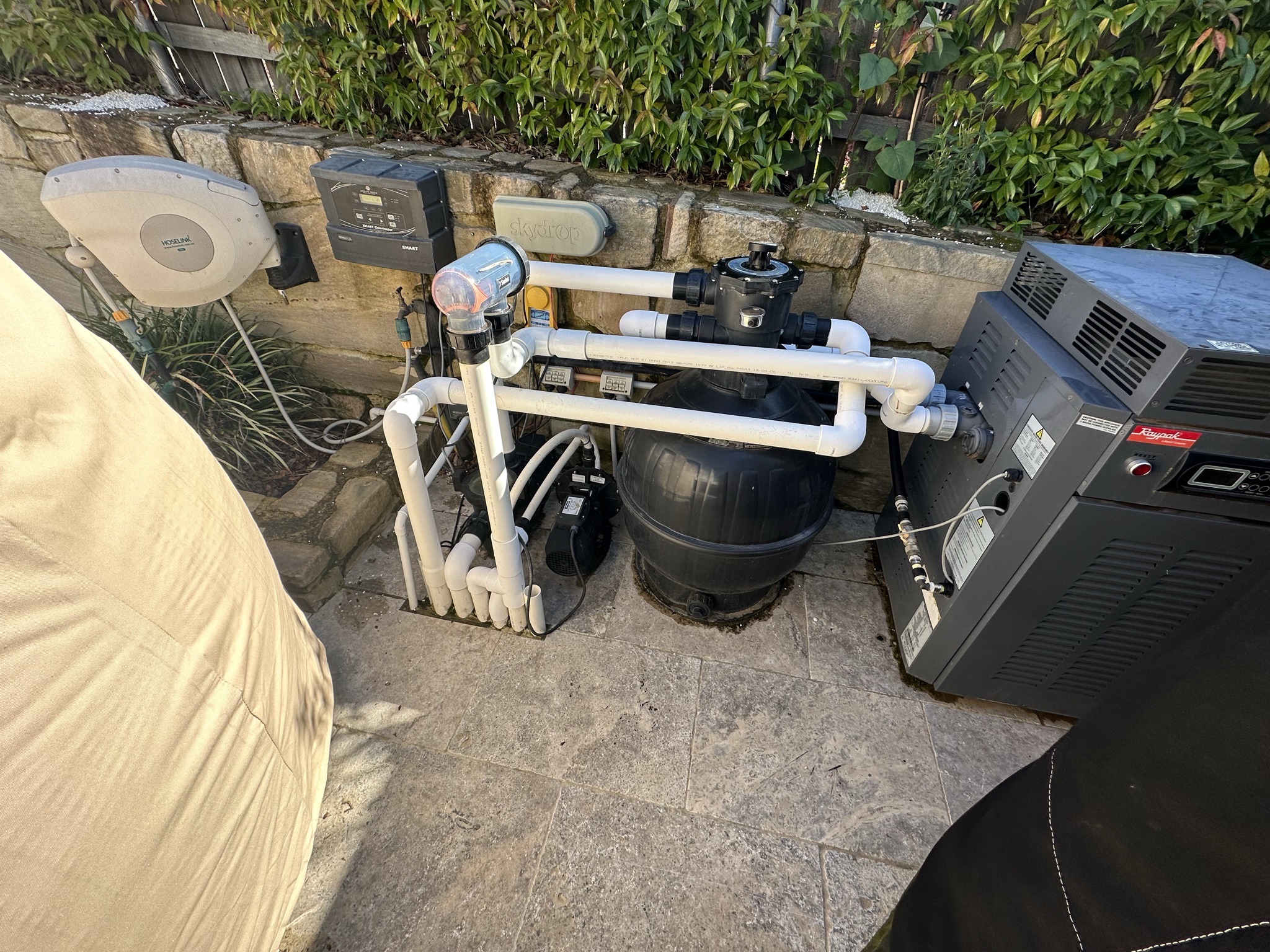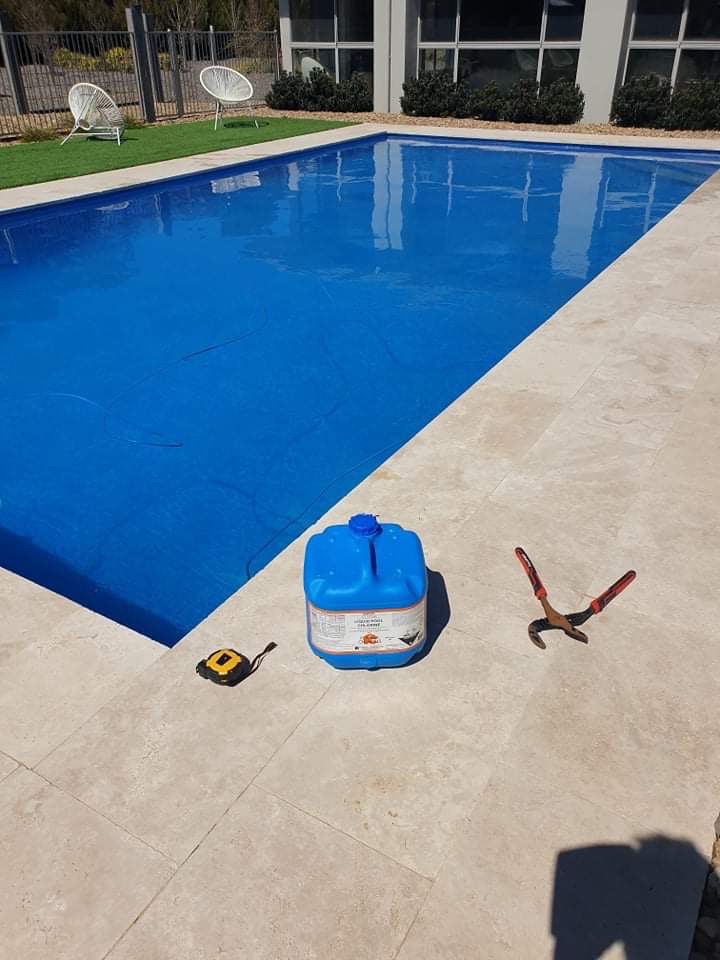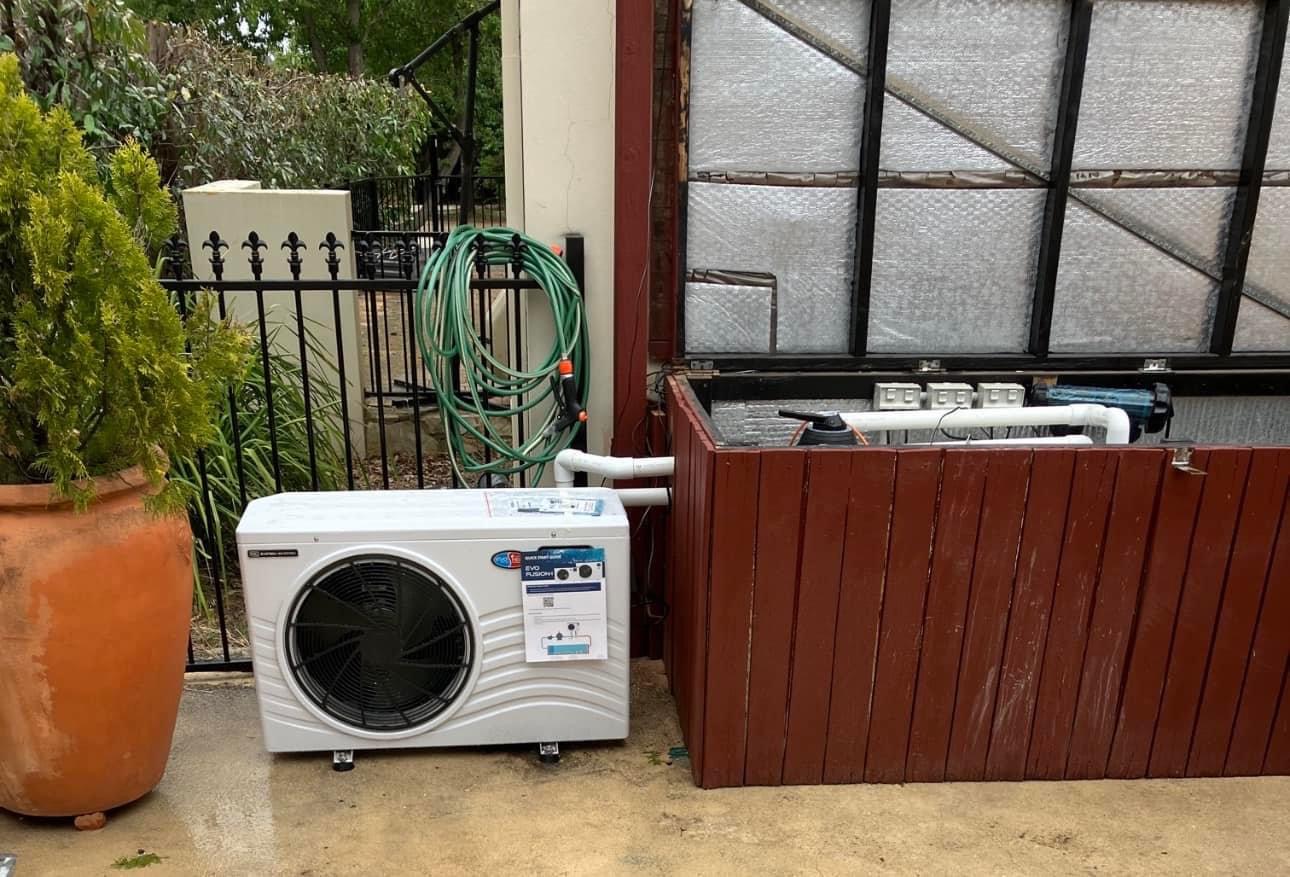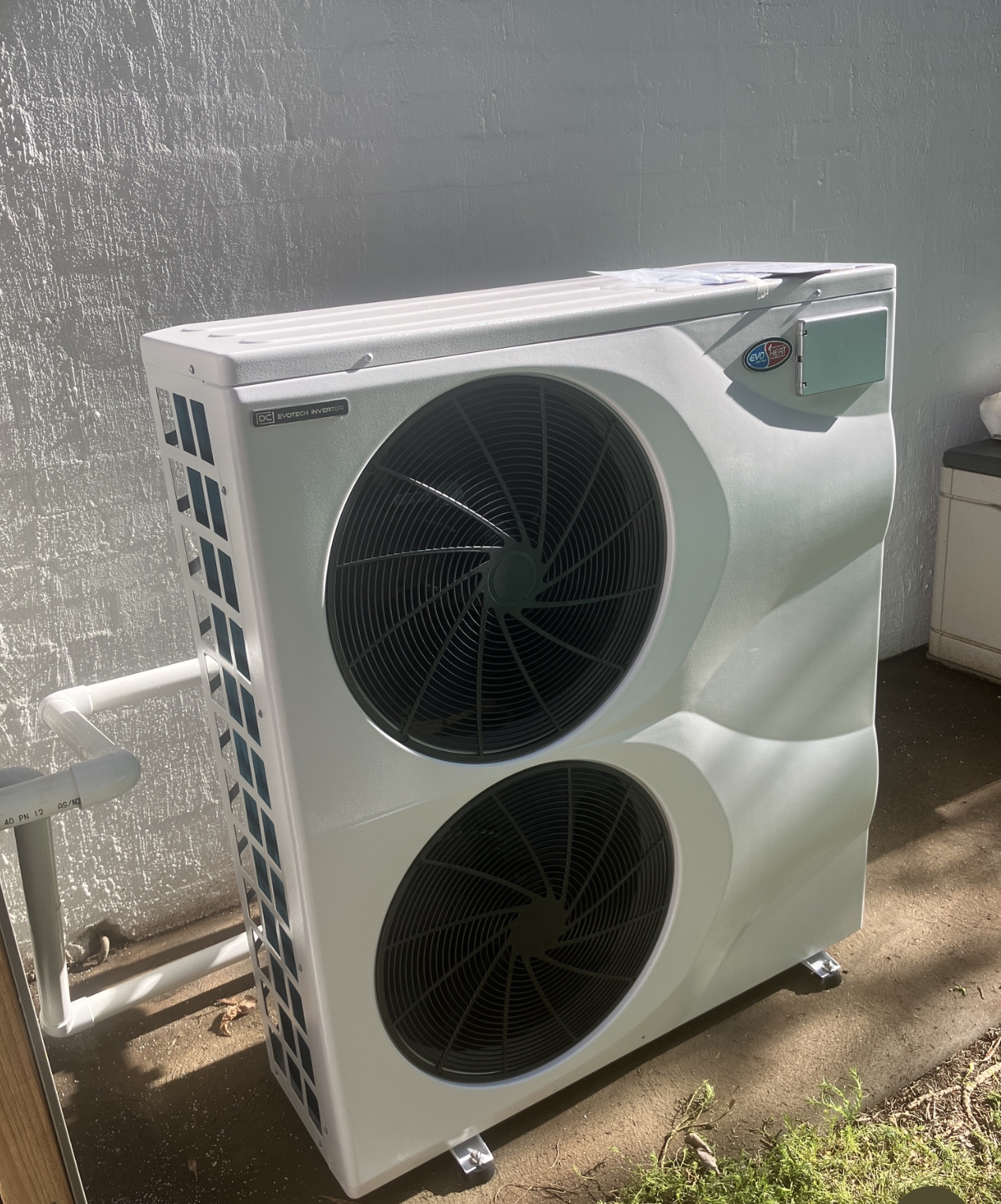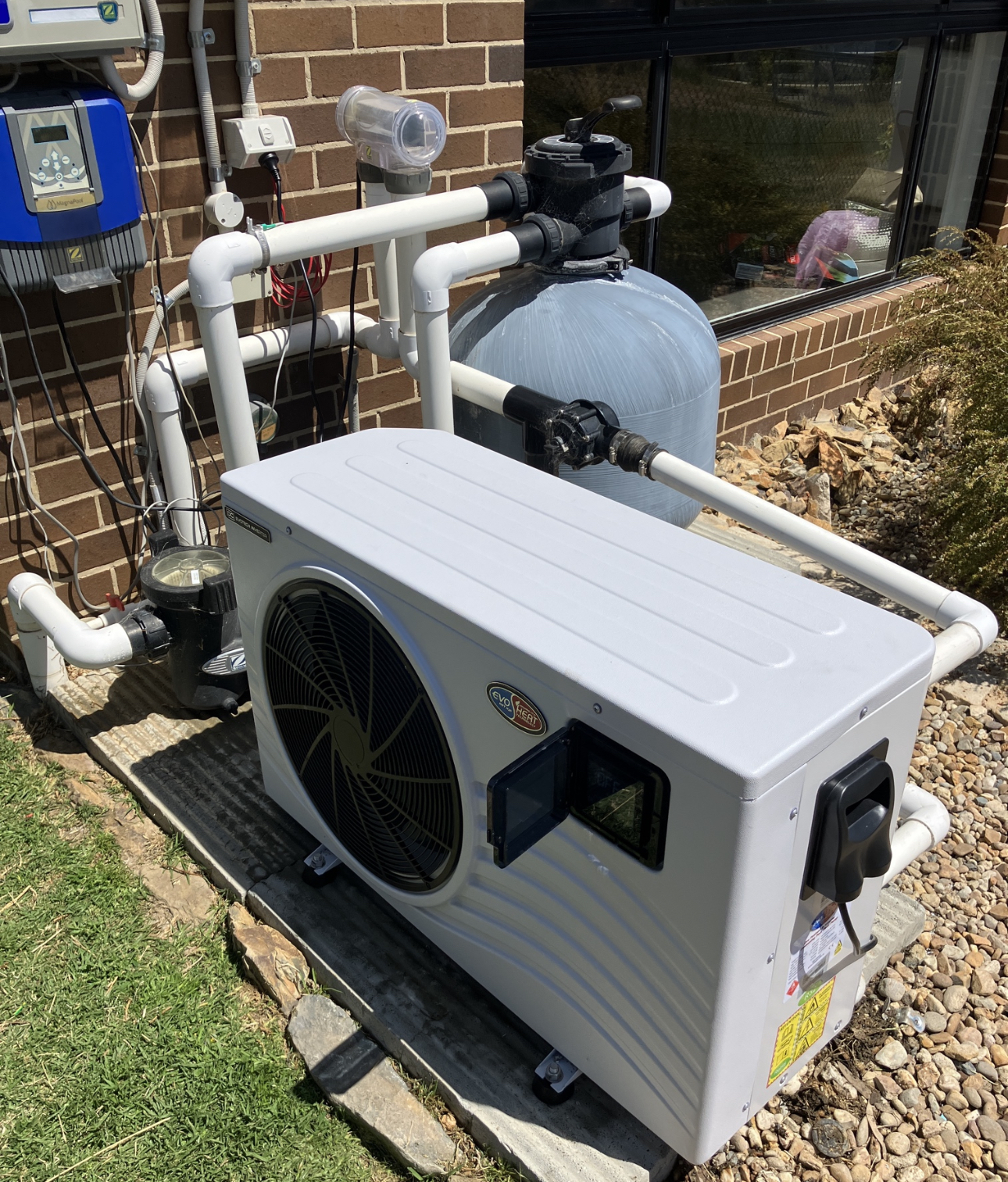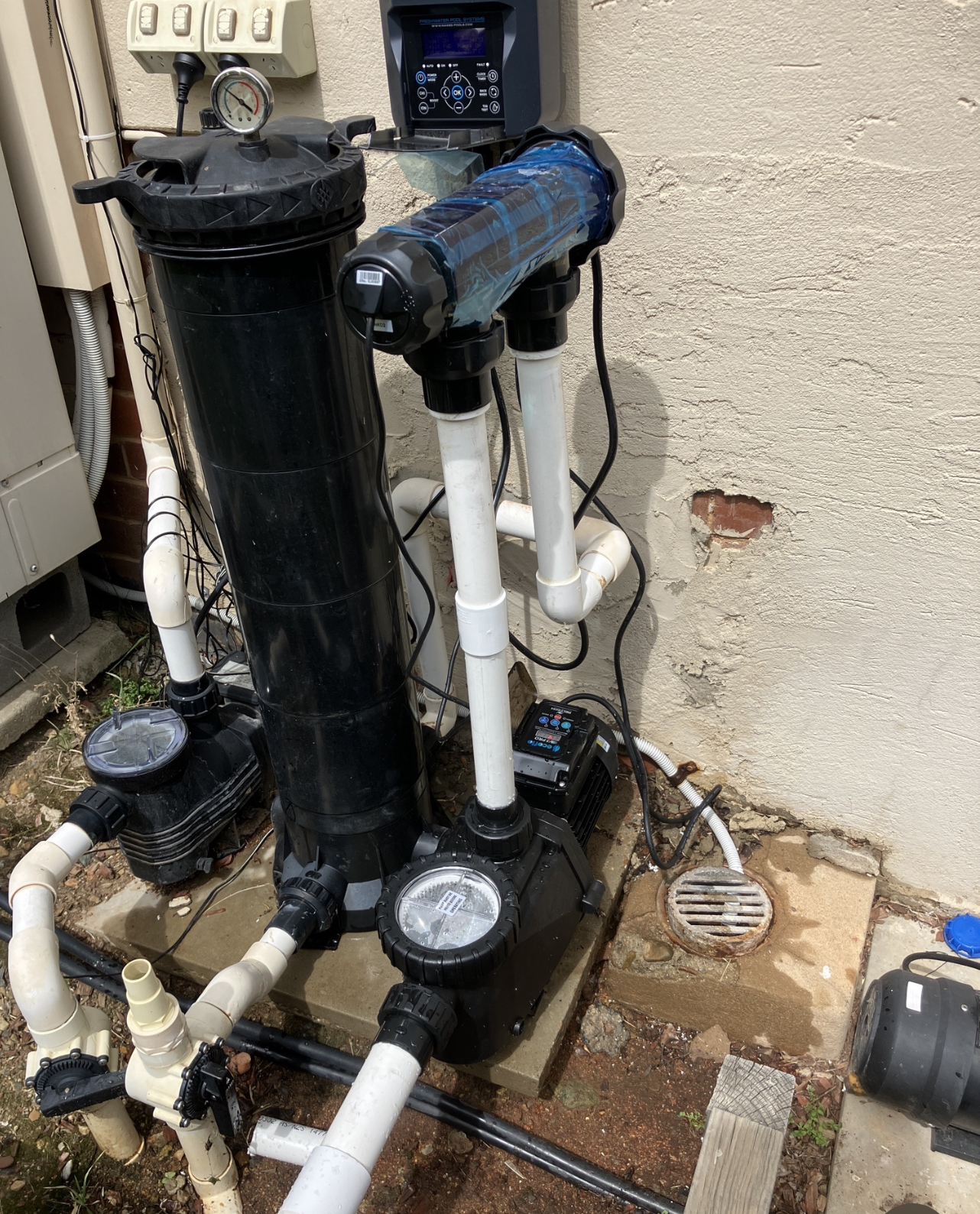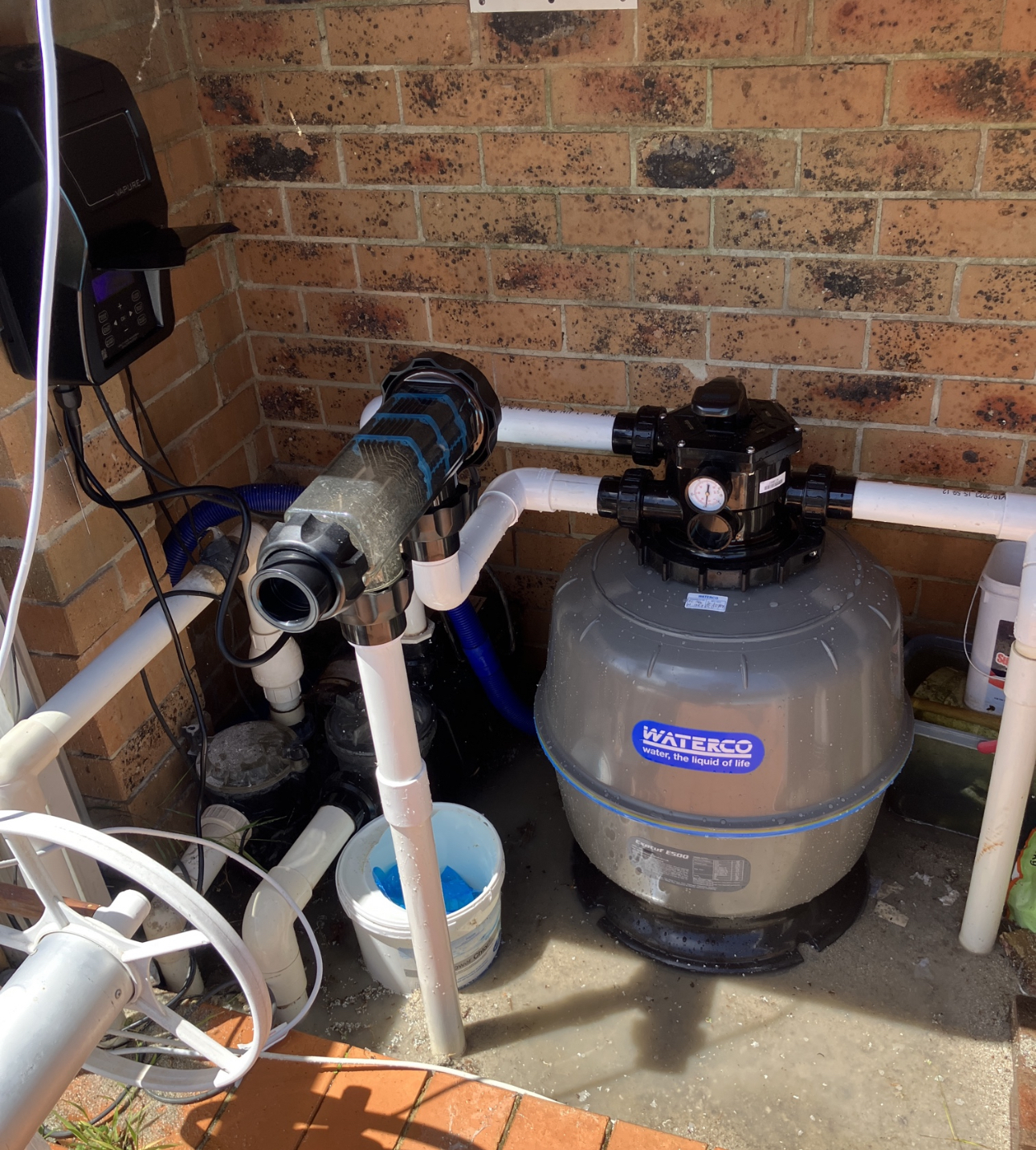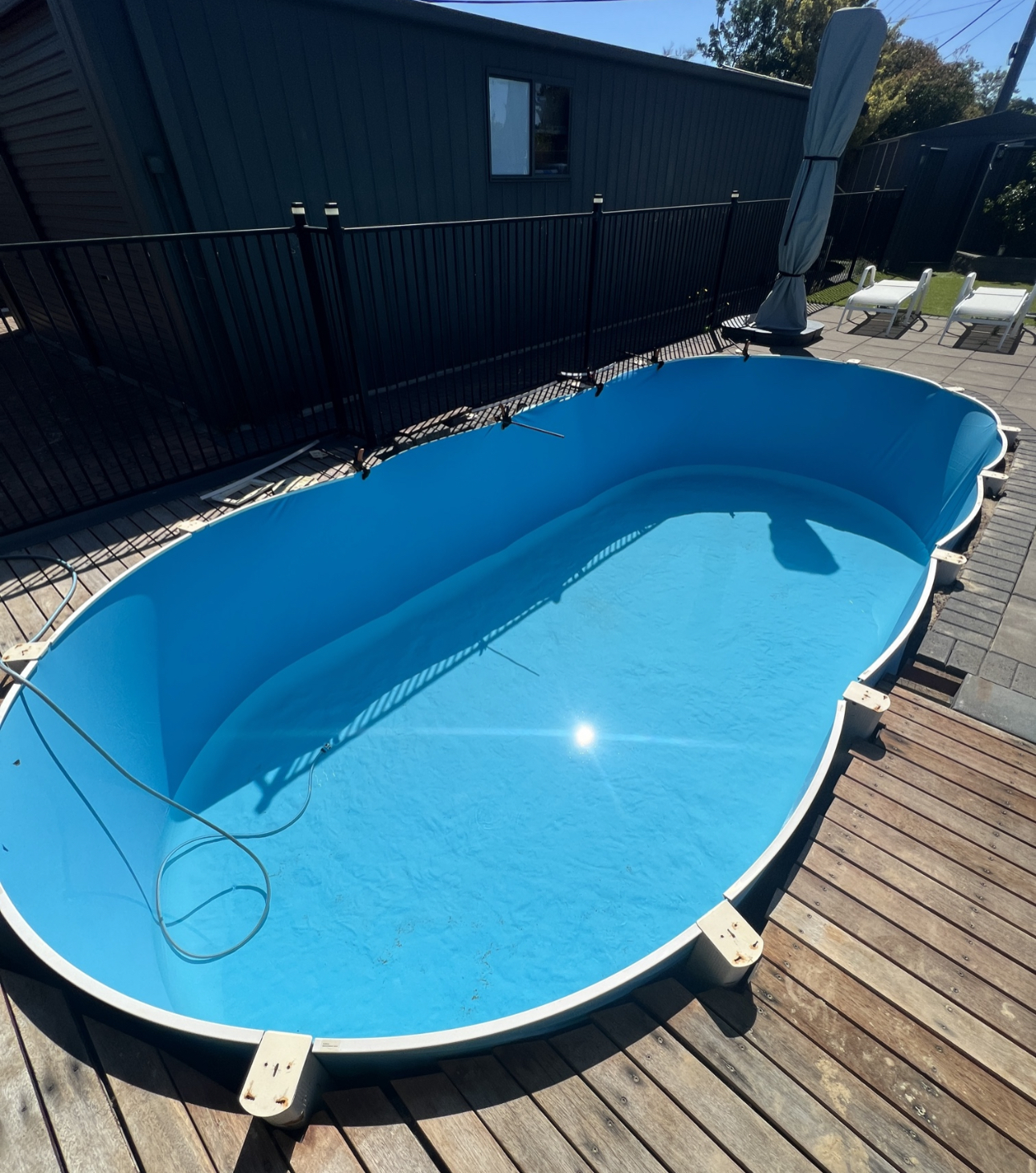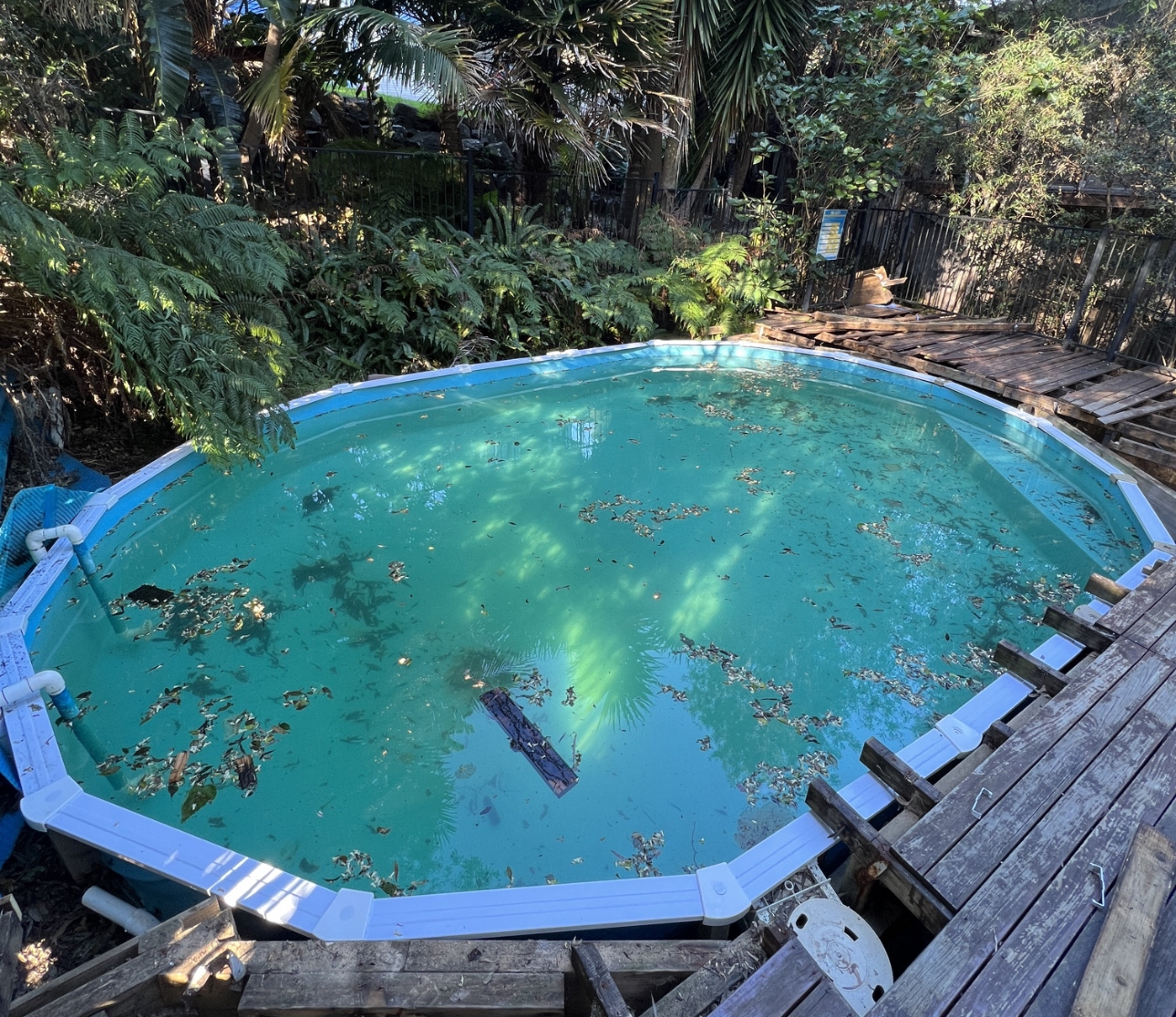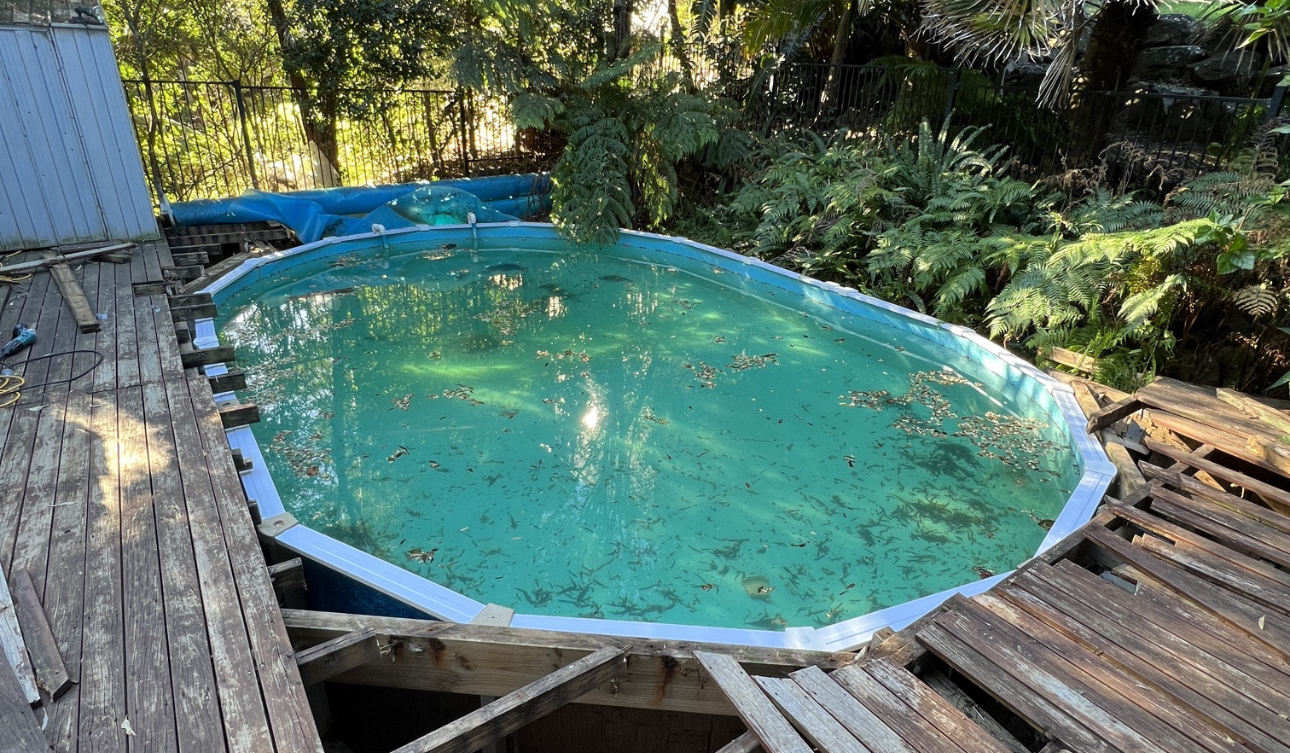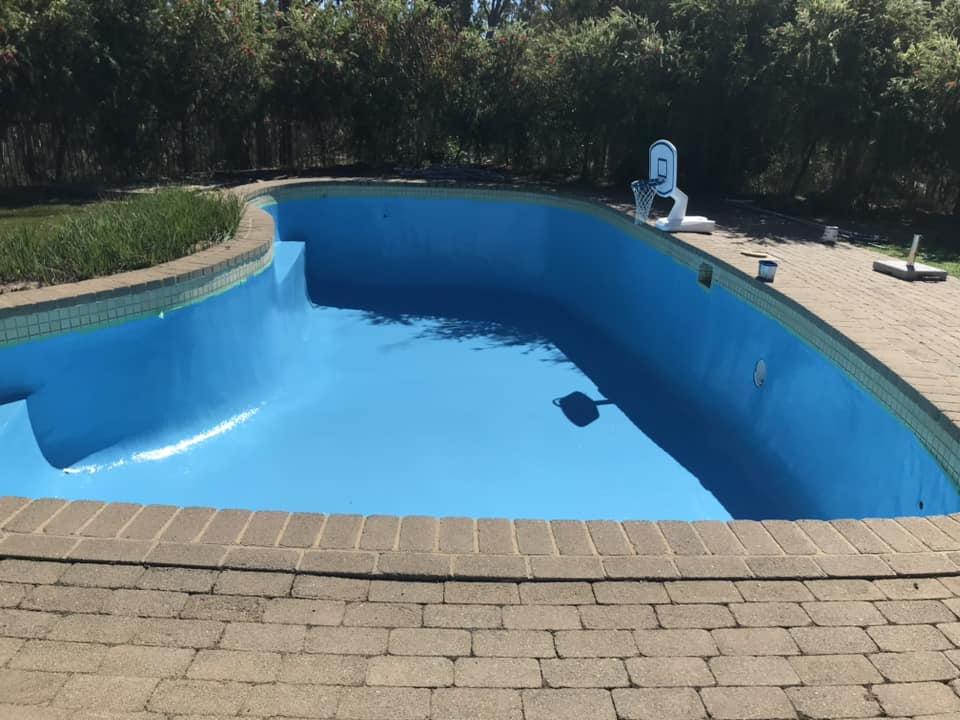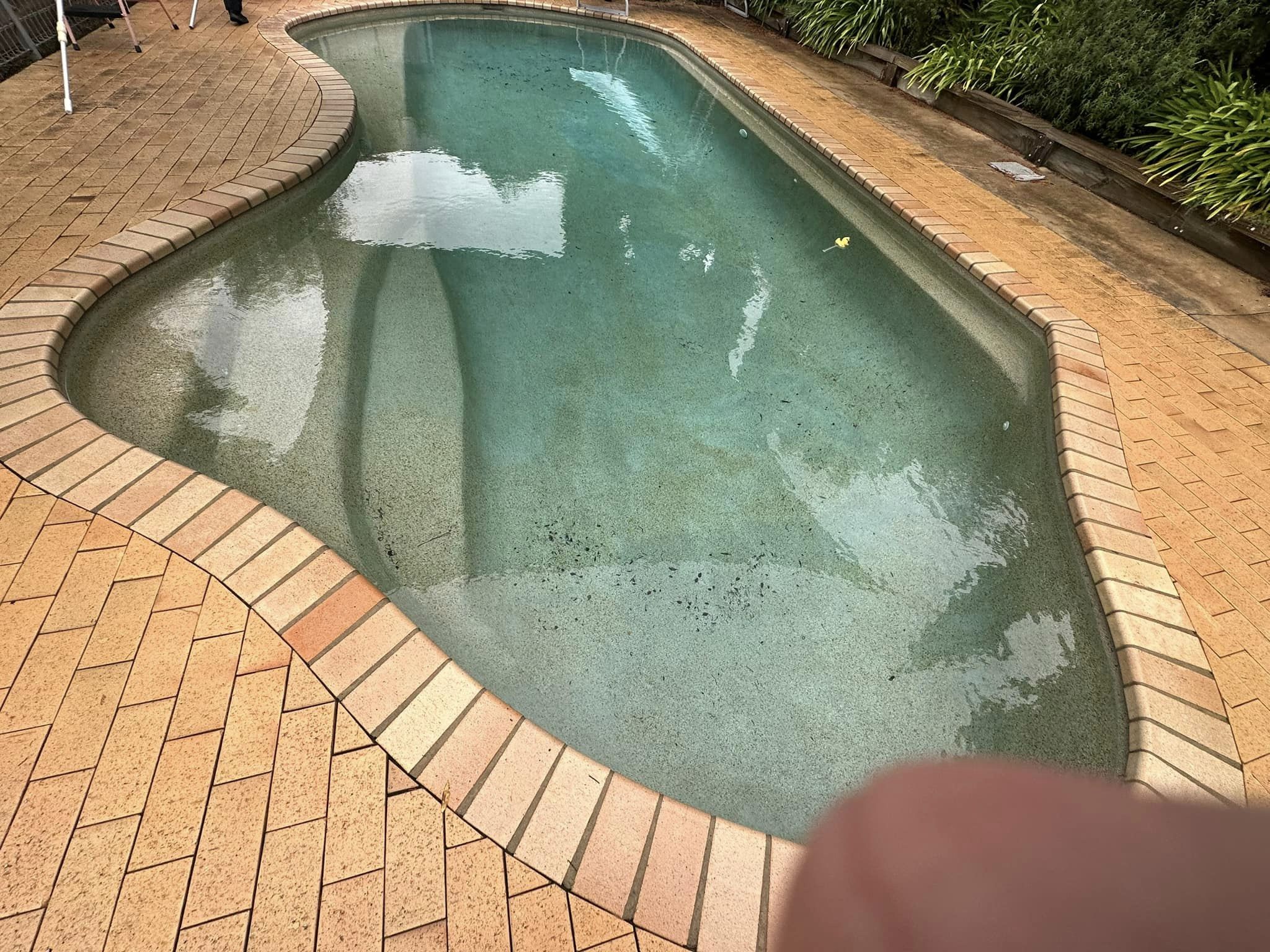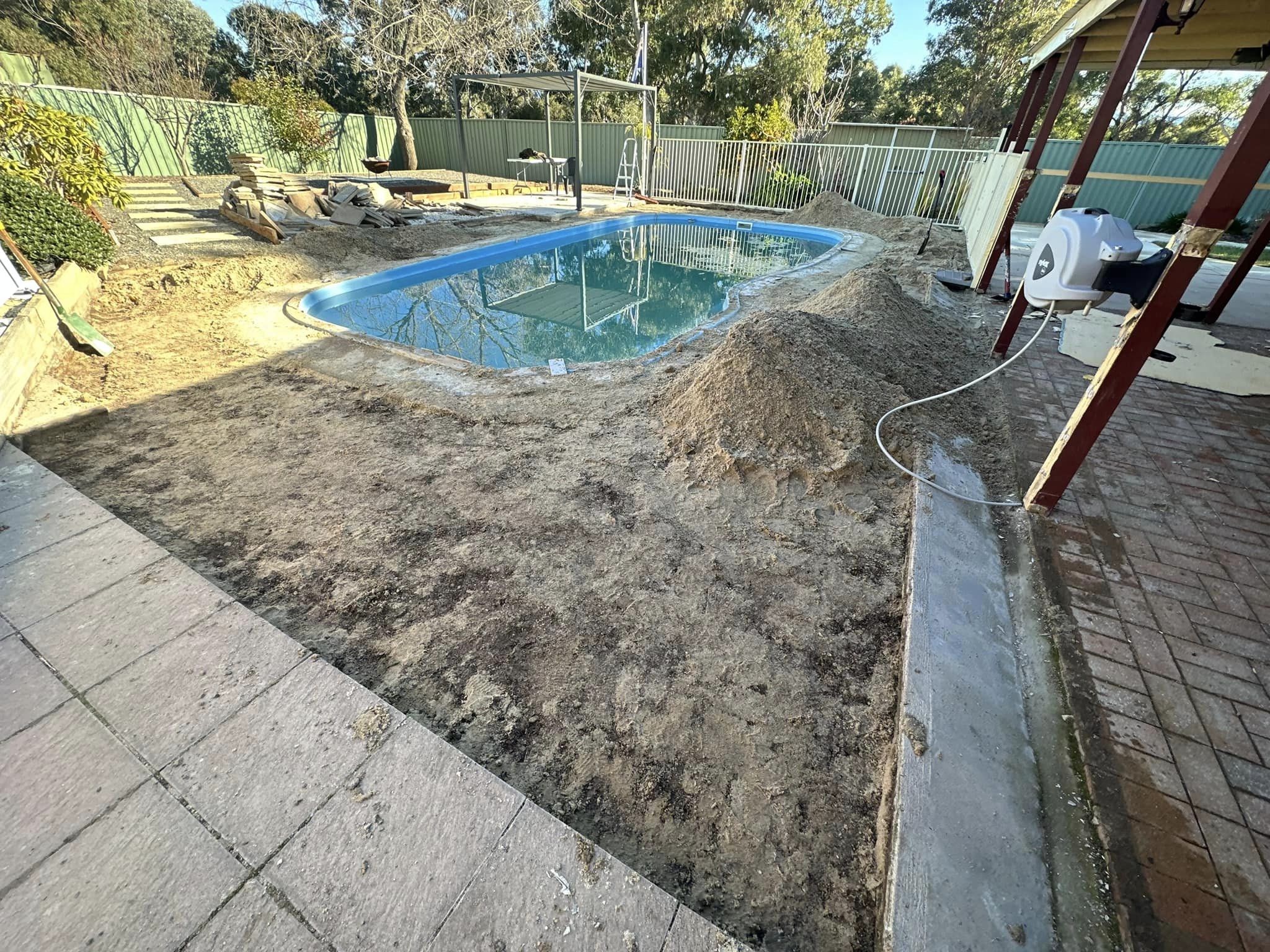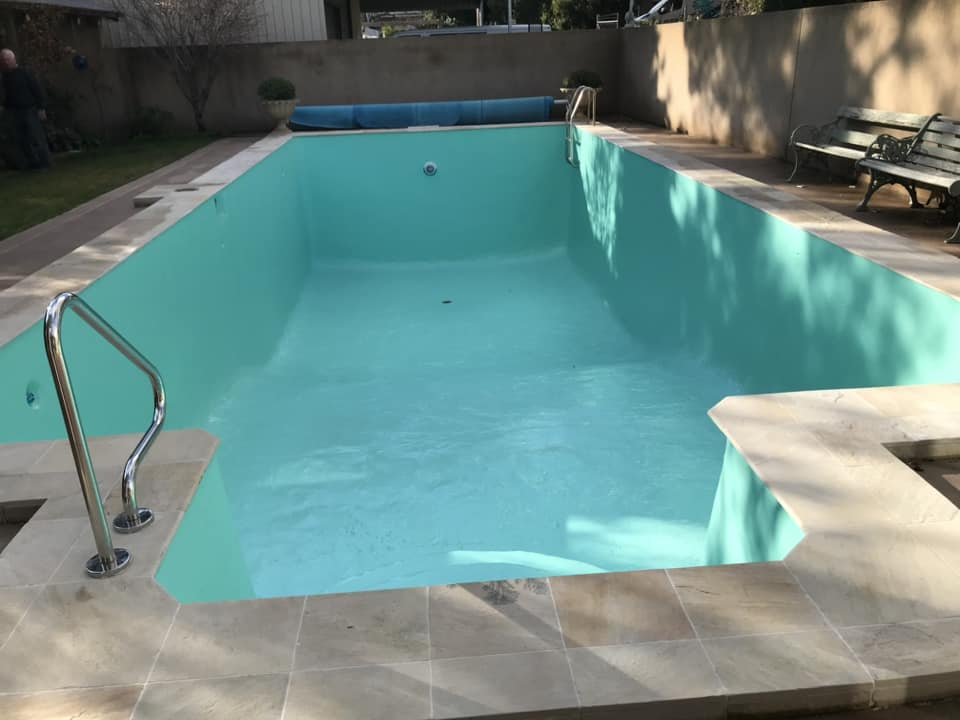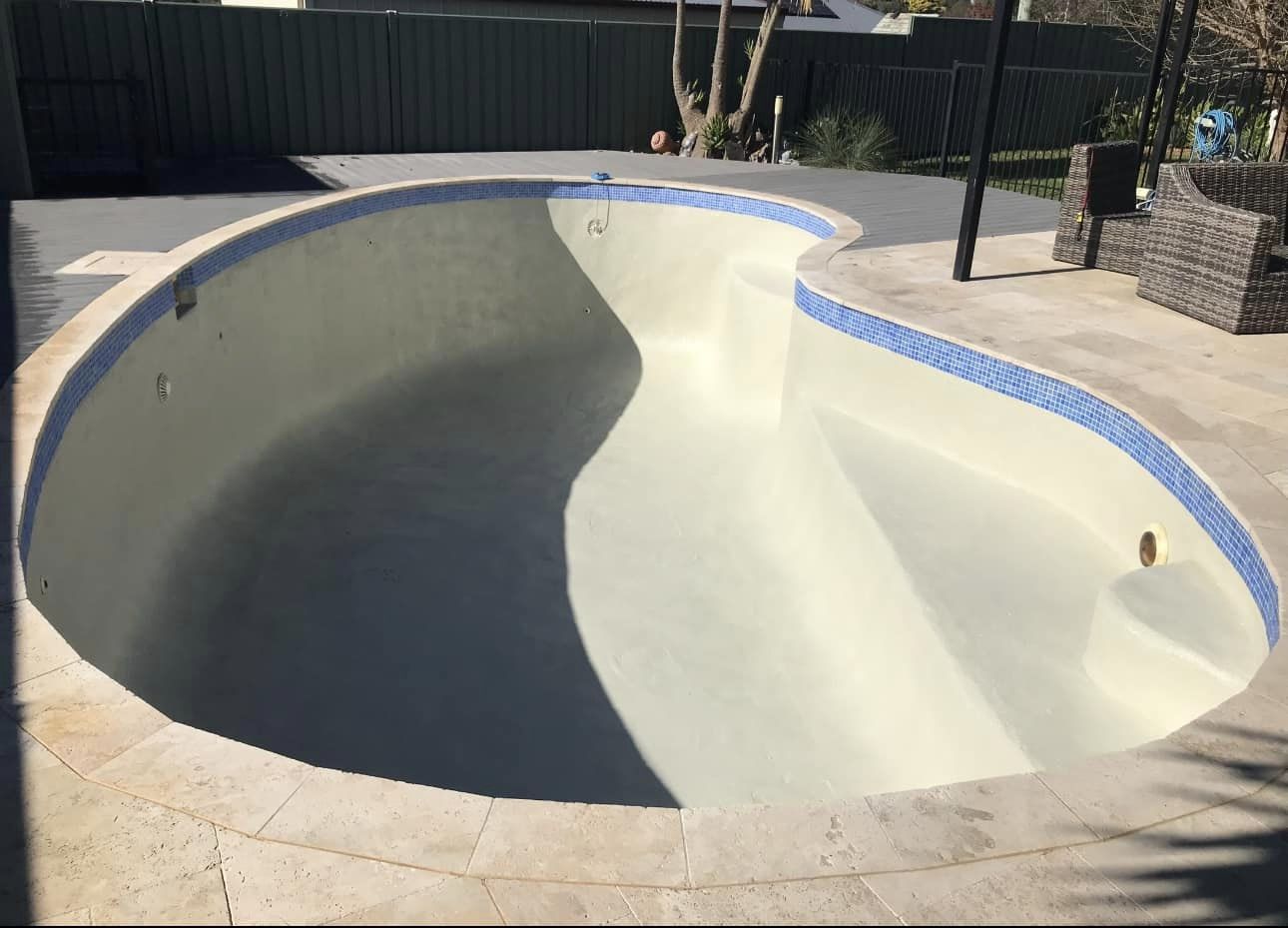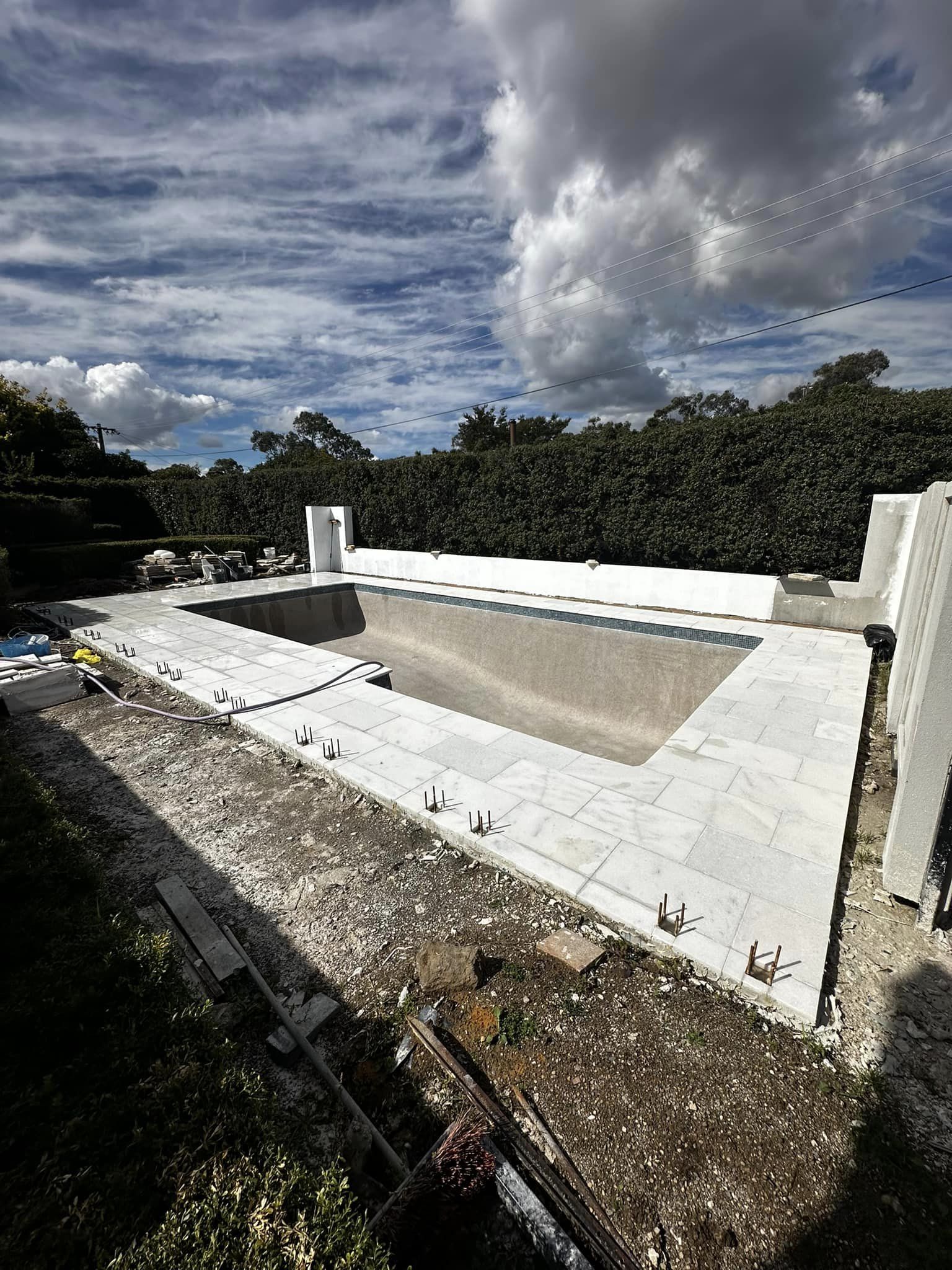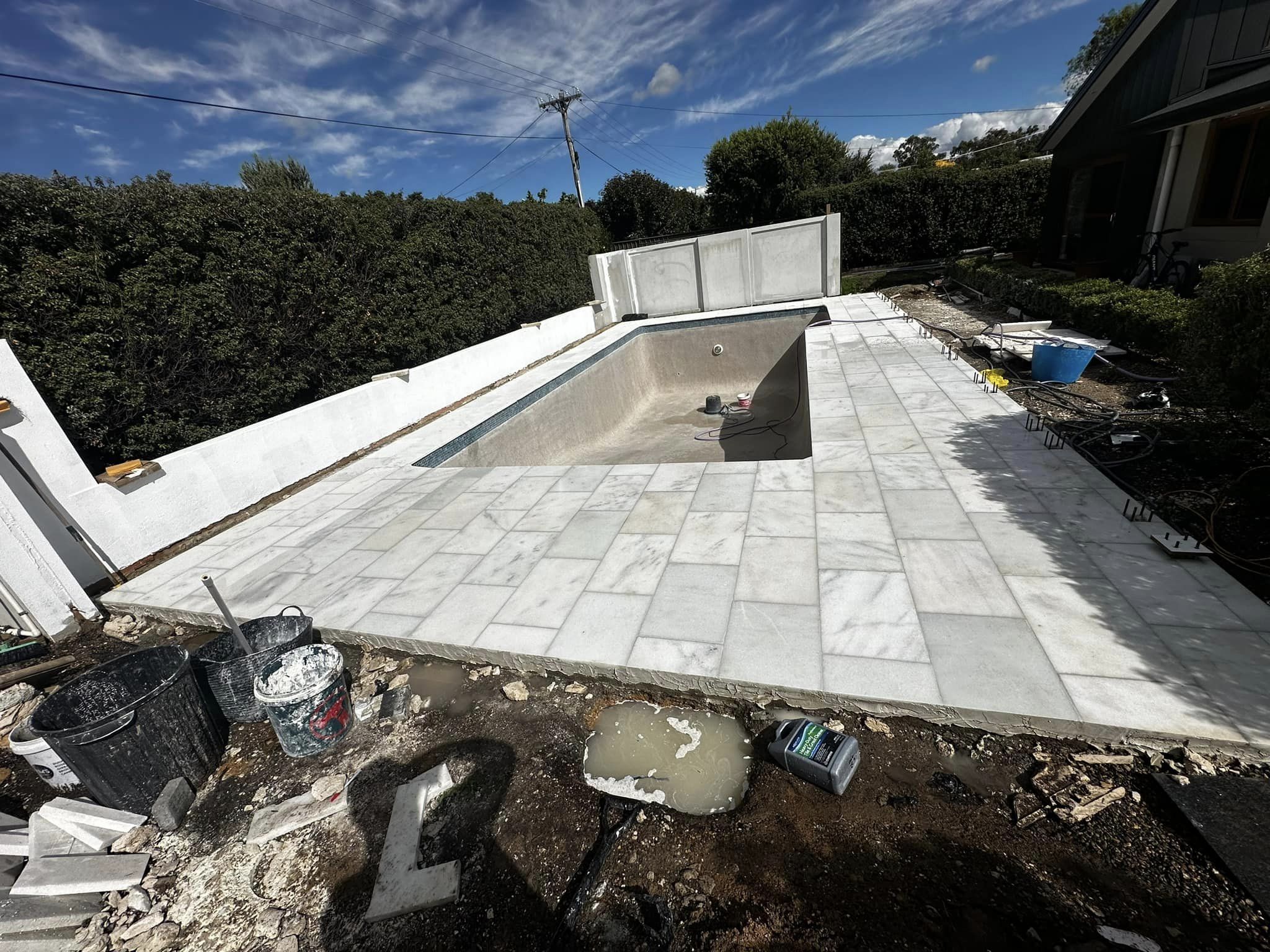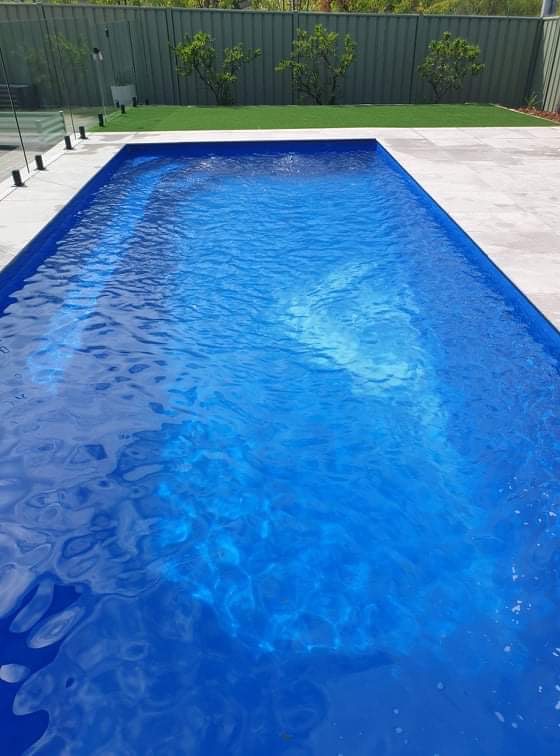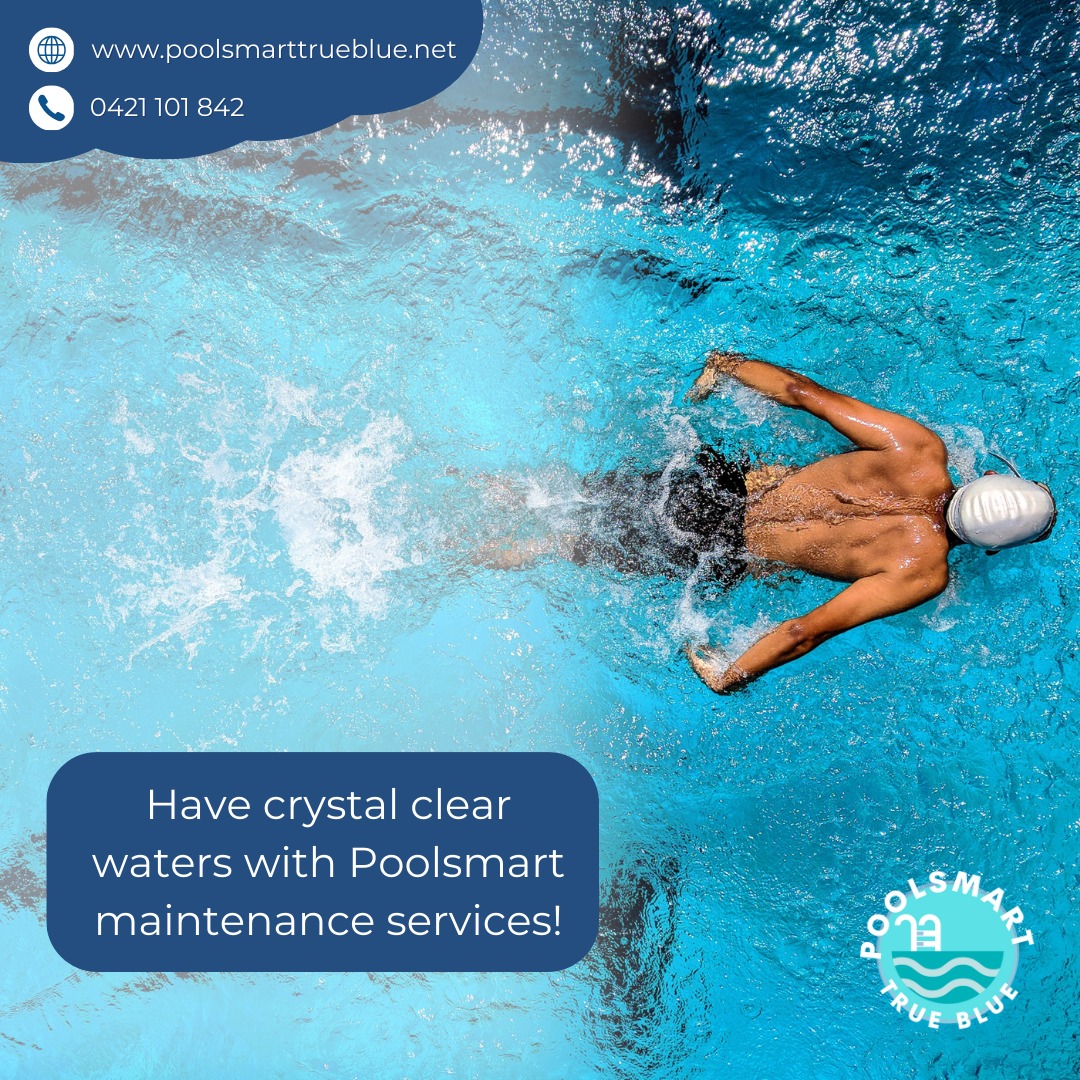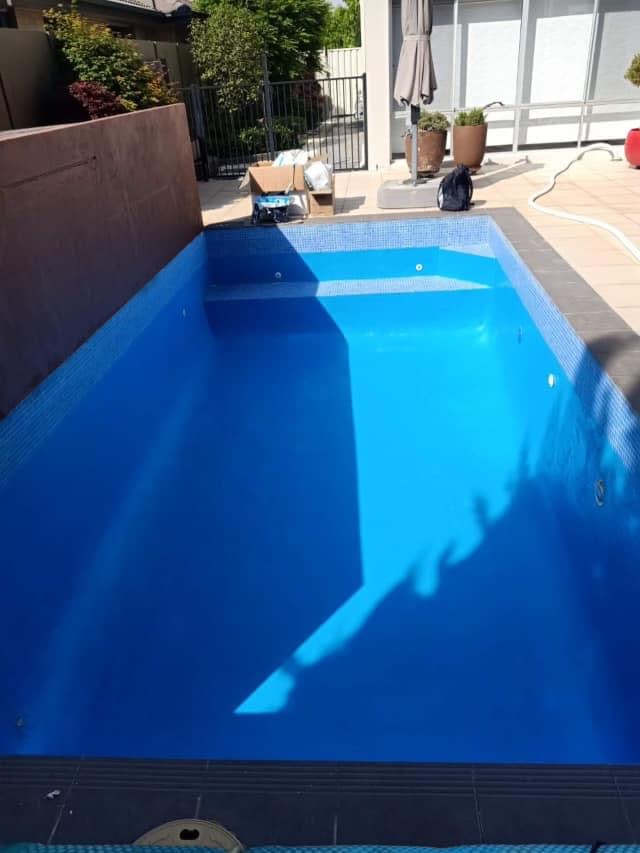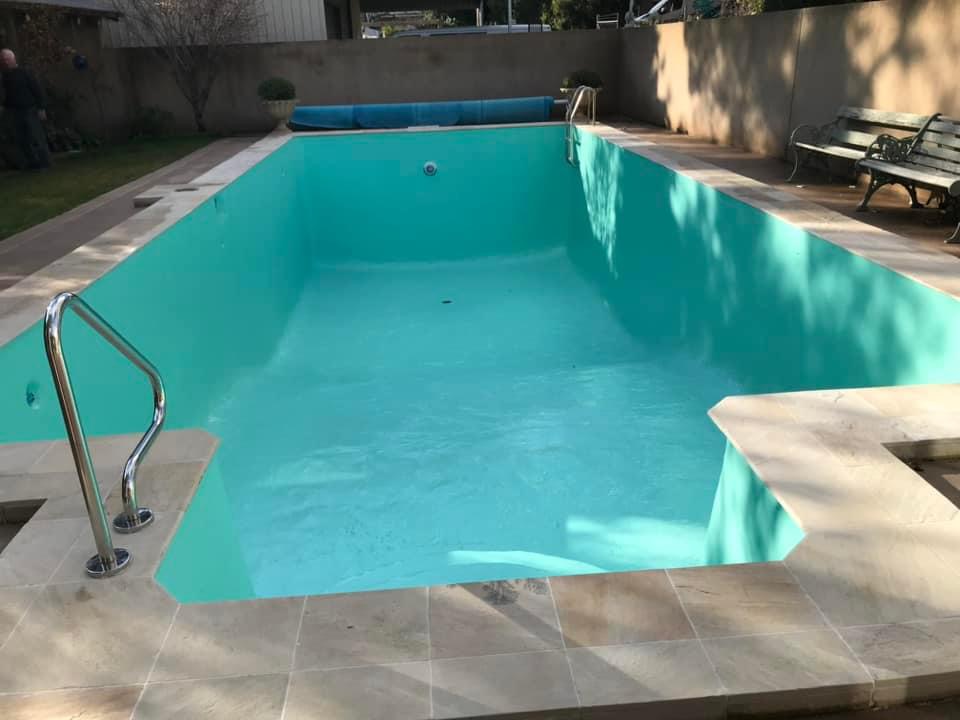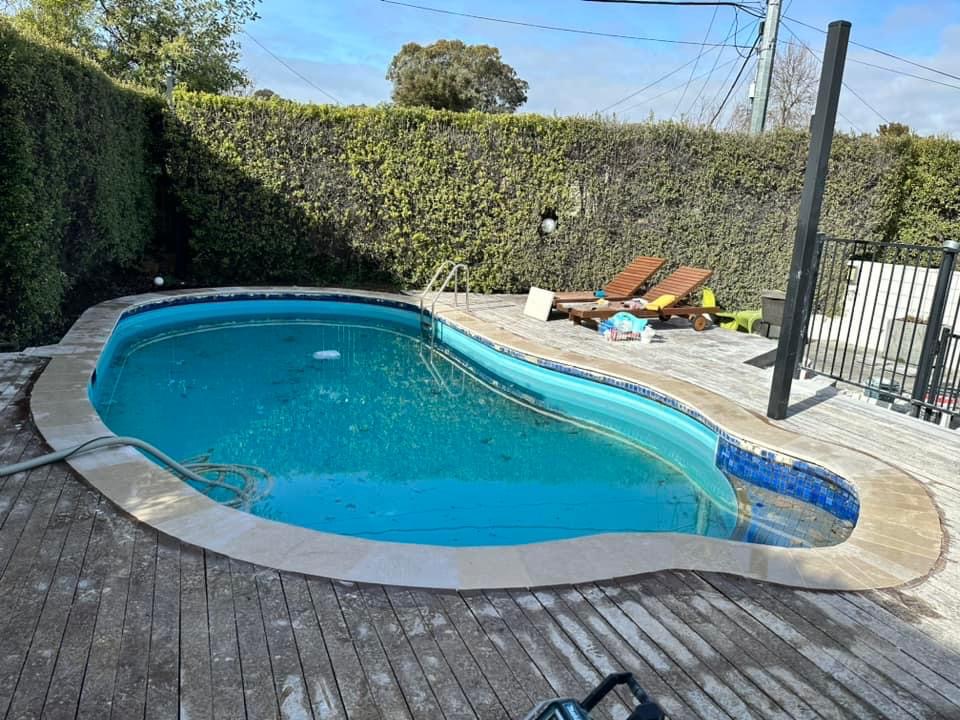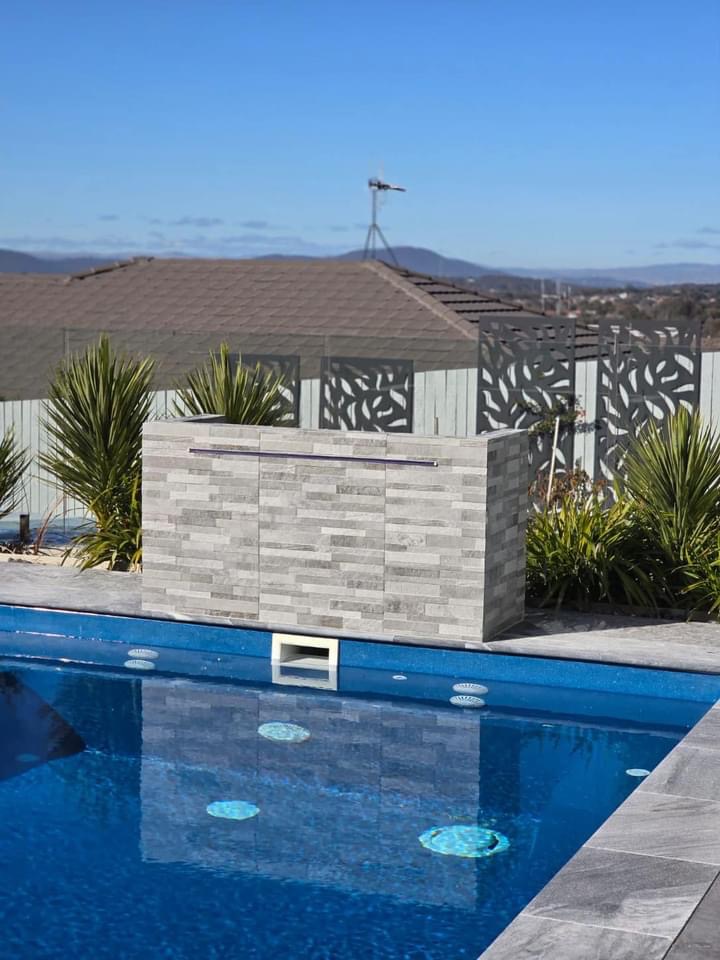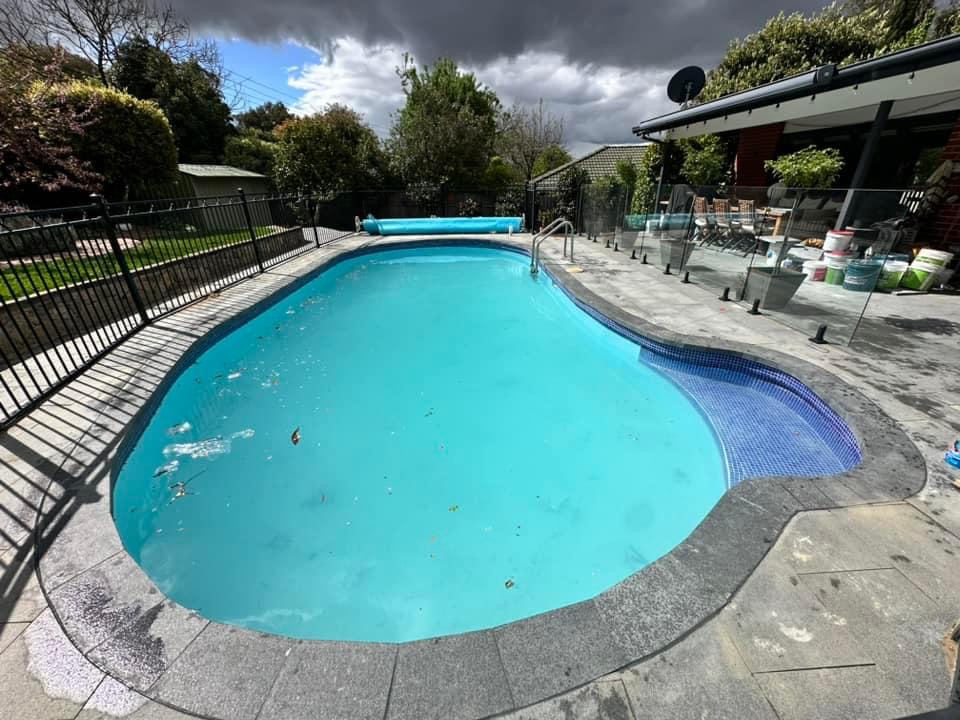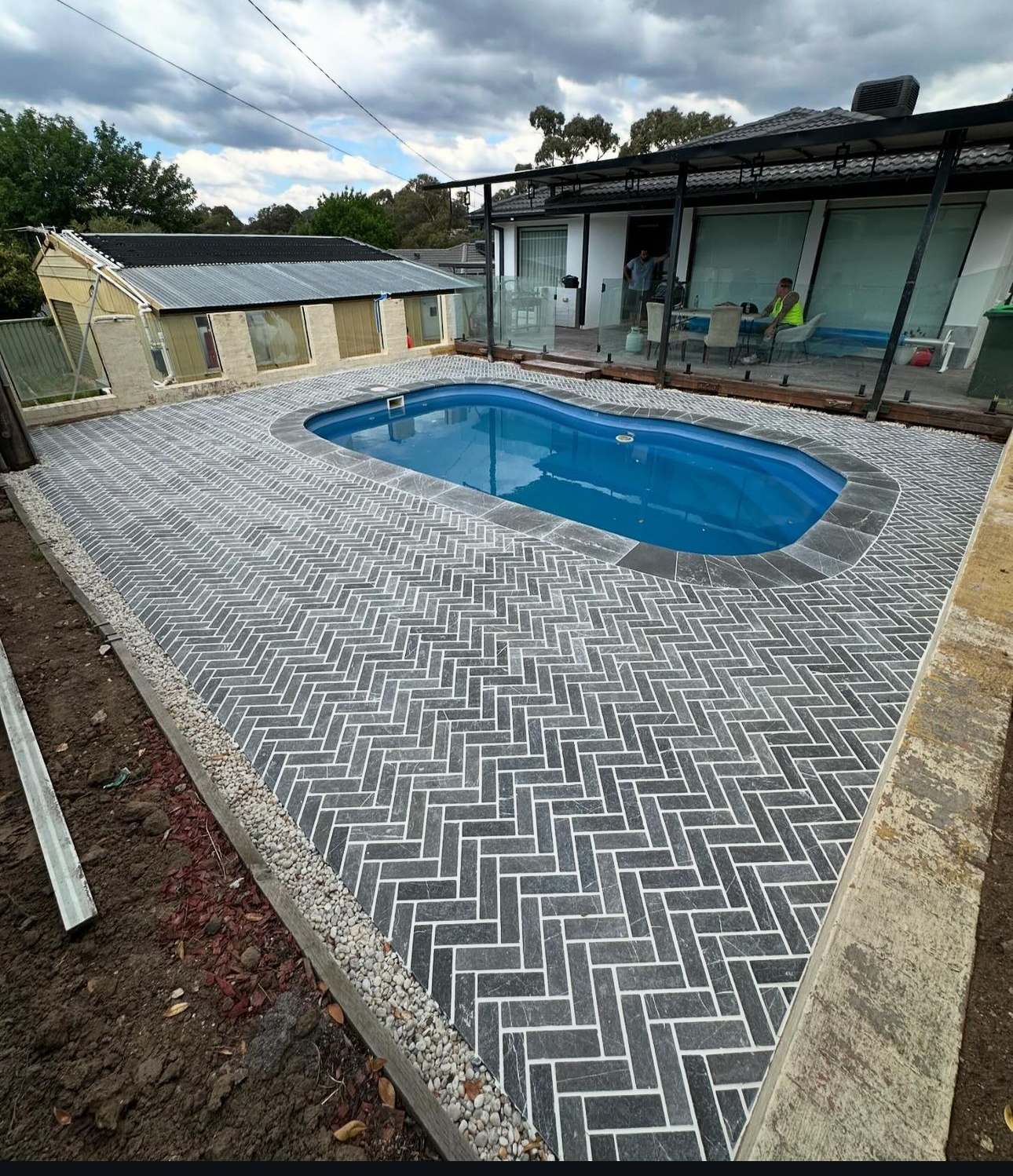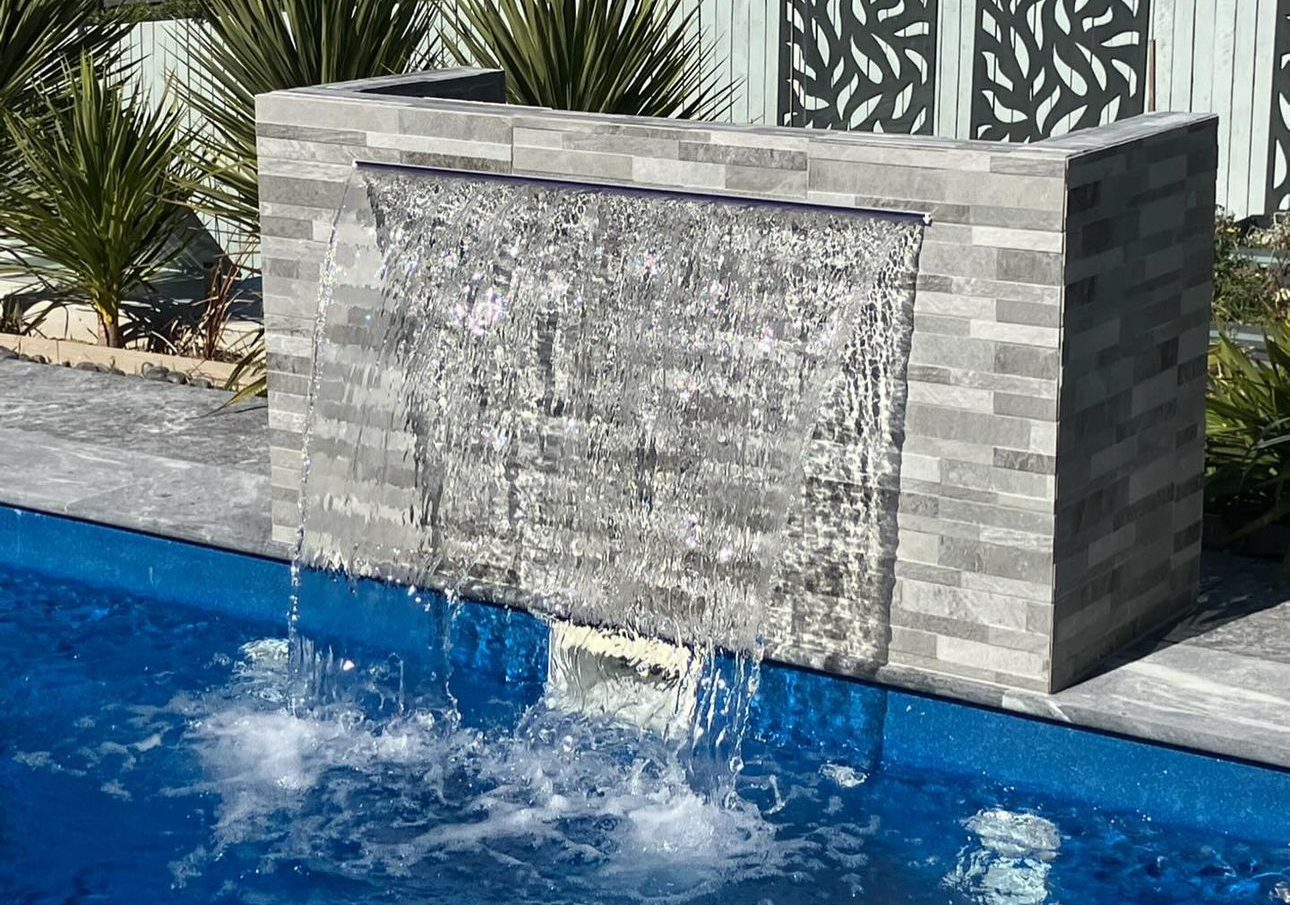If you’re scratching your head over the difference between suction and robotic pool cleaners, you’re not alone. Choosing the right cleaner can make all the difference in how much time you spend actually enjoying your pool rather than fussing over it.
At Poolsmart True Blue, we work with both types of systems daily—helping homeowners and commercial clients around Canberra and across NSW keep their pools sparkling. So, let’s break down the basics, clear up some confusion, and help you figure out which one suits your setup best.
Suction vs Robotic Pool Cleaners – What’s the Real Difference?
The simplest way to think about suction vs robotic pool cleaners? One hooks up to your pool’s existing system, and the other works on its own.
Suction pool cleaners rely on your pool’s pump and filtration system. They connect to the skimmer or a dedicated suction line and use the force of the pump to move around and collect dirt. They’re usually more affordable and get the job done—especially if your pool is fairly clean to begin with.
Robotic pool cleaners, on the other hand, are plug-and-play. They run independently, using electricity, and they don’t rely on your pool’s pump at all. They have their own filters, so they reduce the strain on your system. They also tend to be more efficient, especially for larger or leaf-heavy pools.
How Suction Pool Cleaners Work
These are your old faithfuls. Suction cleaners have been around for years and remain popular for a few key reasons. They connect to your existing pool filtration system and use suction to pull debris into the skimmer box. Most will move randomly around your pool floor and, in some cases, along the walls.
They’re best suited for:
- Smaller pools.
- Light debris (think dust, sand, or fine leaves).
- Pools with strong pump performance.
Because they rely on your pump, they can increase energy use during cleaning sessions. But for many residential pools, they’re still a reliable and budget-friendly option.
Need help understanding your swimming pool equipment or how your filtration system works? Our Canberra-based team is always up for a chat.
How Robotic Pool Cleaners Work
Robotic cleaners are a bit like pool-cleaning assistants that don’t need supervision. They’re powered by electricity, have their own filtration systems, and are great for tackling debris without placing extra load on your pool’s plumbing.
Some models come with programmable settings or remote controls, allowing you to target specific cleaning zones. Many also have advanced sensors to map out your pool, ensuring they don’t just wander aimlessly.
Robotic cleaners are ideal for:
- Medium to large pools.
- Pools with lots of leaves or fine debris.
- Commercial spaces or heavily used pools.
- Anyone wanting a set-and-forget option.
They’re also better for energy efficiency in the long run, despite a higher upfront cost. If you’re thinking of investing in one, check out our tips to maintain a robotic pool cleaner to keep it in top shape year-round.
Cleaning Power: Suction vs Robotic Pool Cleaners
If you’re after deep cleaning and wall scrubbing, robotic wins hands down. It’s not just about vacuuming debris—they’re designed to tackle grime on floors, walls, and even the waterline. Some models also filter tiny particles that traditional systems miss.
Suction cleaners do a good job of routine maintenance but may struggle with corners, walls, or heavy leaf loads. That said, they’re reliable for day-to-day upkeep in standard residential pools.
If you’re not sure what level of cleaning your pool actually needs, we’re happy to offer advice—and we only recommend the equipment we’d use ourselves.
Ease of Use and Maintenance
Here’s where robotic units shine again. They’re easy to set up, don’t require fiddling with your pump settings, and they’re generally quiet. You just drop them in, hit start, and let them work their magic. Most come with easy-clean filter cartridges you can rinse out in minutes.
Suction cleaners take a little more effort to set up and maintain. They’ll need a strong flow from your pump, and they may require manual adjustments or unclogging if something gets stuck.
Still, they’re usually quicker to repair and often cheaper when it comes to spare parts—especially if you’re sticking to the essential pool equipment you must have for a straightforward system.
Upfront Costs and Running Costs
No surprises here: suction pool cleaners are cheaper to buy. Robotic units tend to cost more upfront, but the ongoing savings in power usage and maintenance might even things out over time. Plus, robotic cleaners can extend the life of your pool’s filtration system by reducing strain.
At Poolsmart True Blue, we stock a range of Dolphin Maytronics robotic cleaners, including the X30, X40 Plus, and M600 models. We’re also the exclusive ACT dealers for Robotek International, so if you’re interested in robotic, we’ve got some of the best gear around.
Which One Should You Choose?
It comes down to how you use your pool, how much debris it collects, and how involved you want to be in the cleaning process.
Want hands-off and high performance? Go robotic. Prefer a budget-friendly solution that does the basics? Suction will suit you fine.
Still unsure about the difference between suction and robotic pool cleaner systems? Get in touch. We’re not just here to sell you equipment—we want to help you make the right choice for your pool and your budget.
Need gear shipped across Australia? No problem, we’ve got you sorted there, too.
